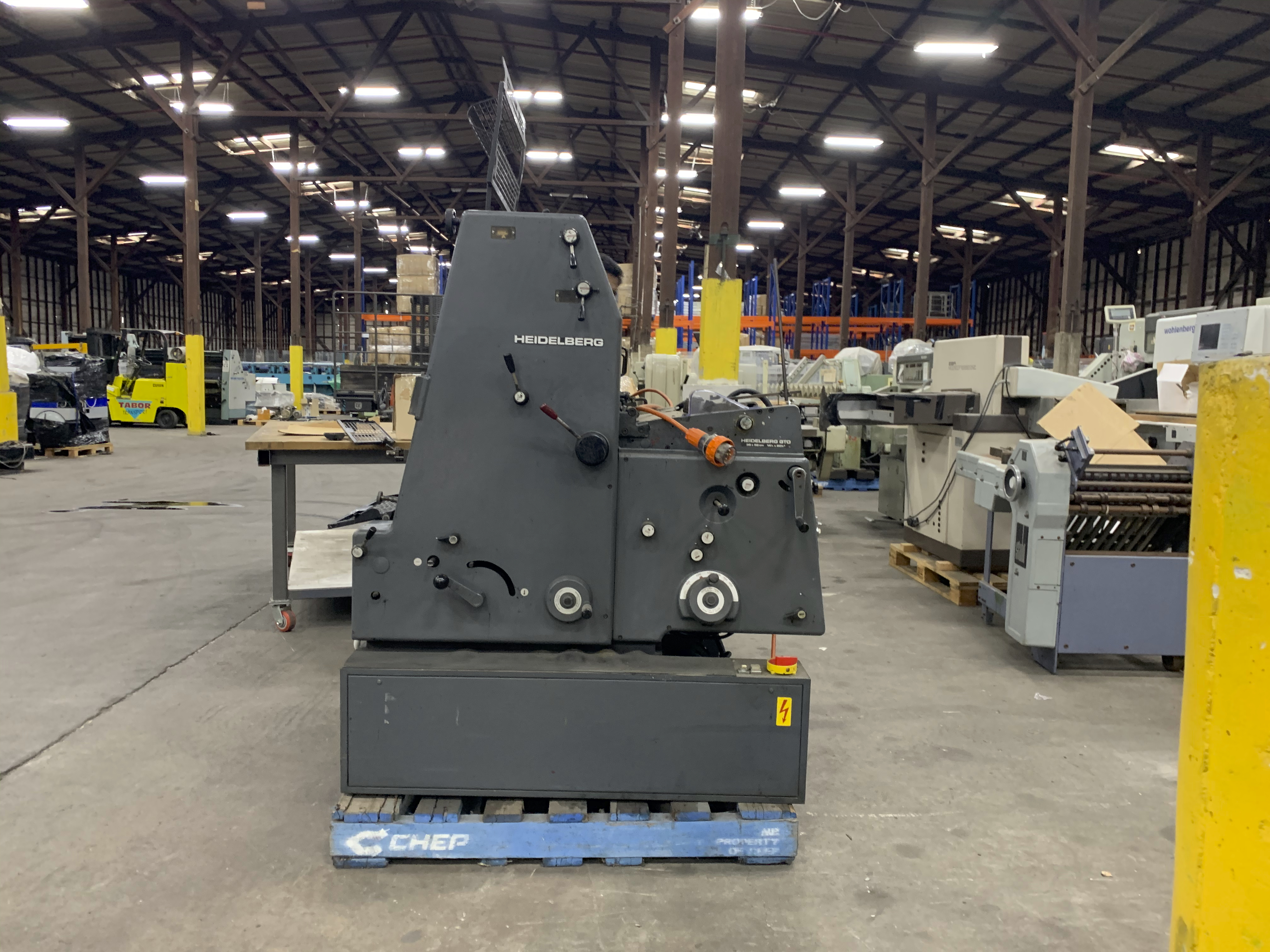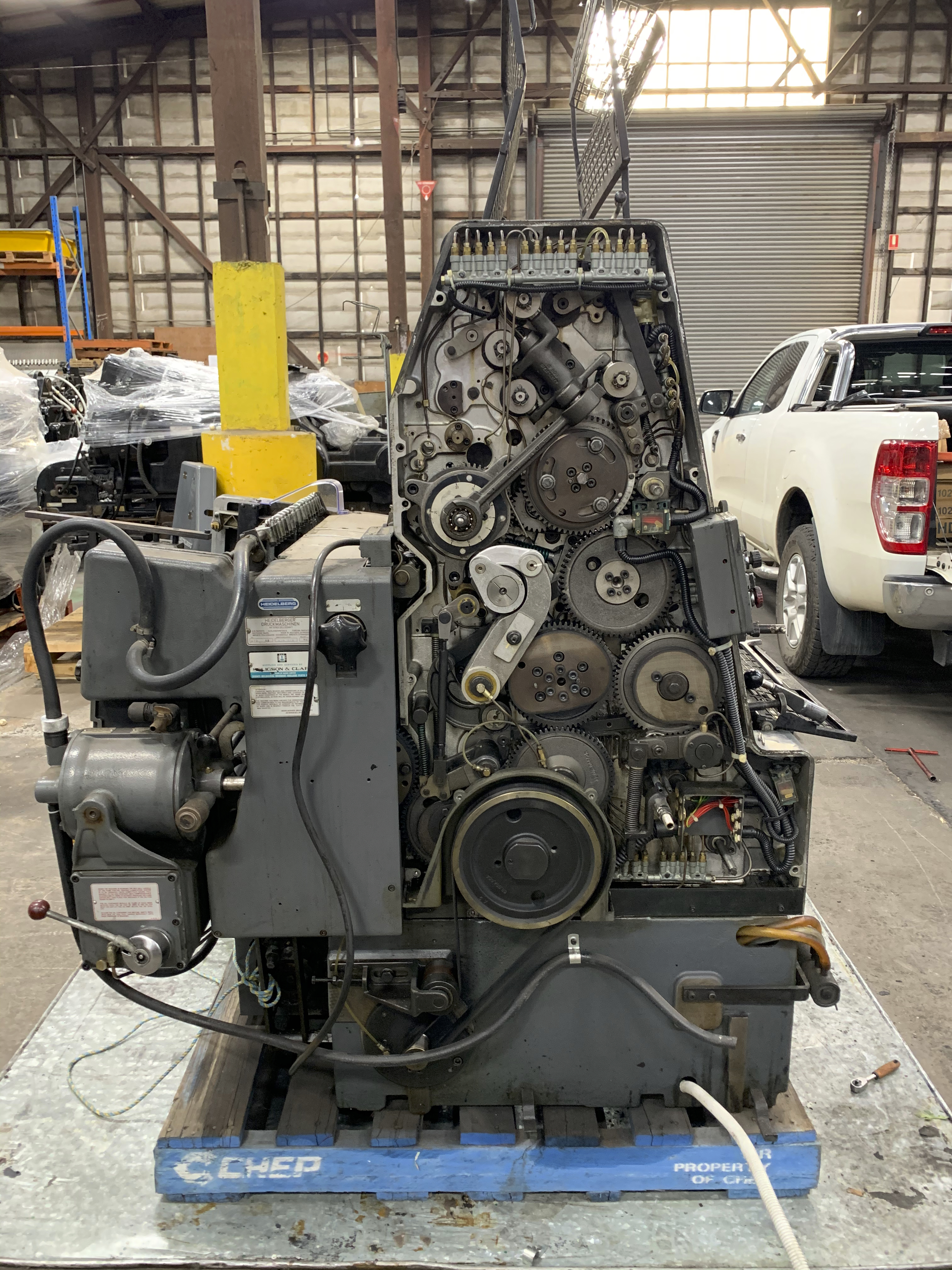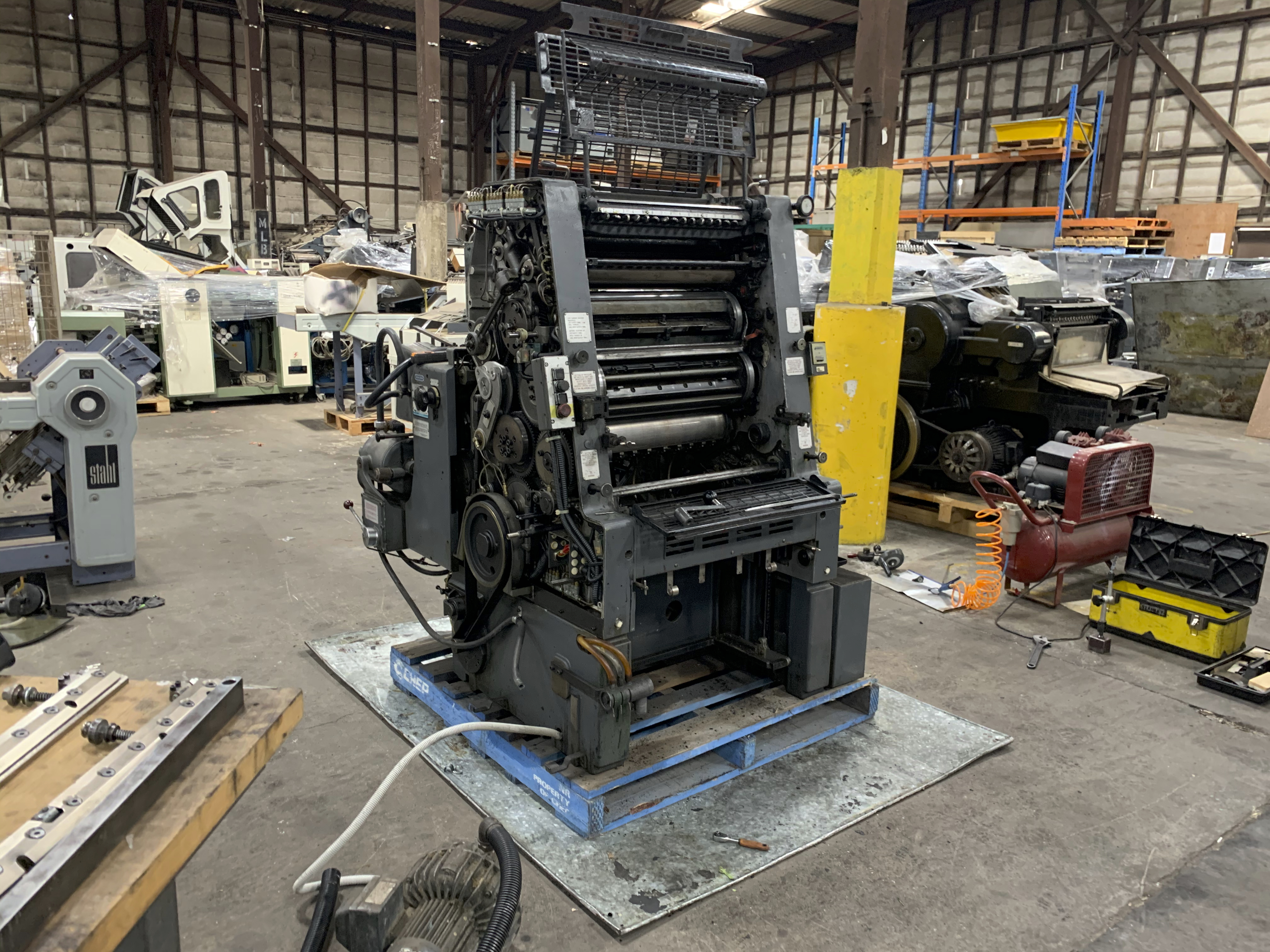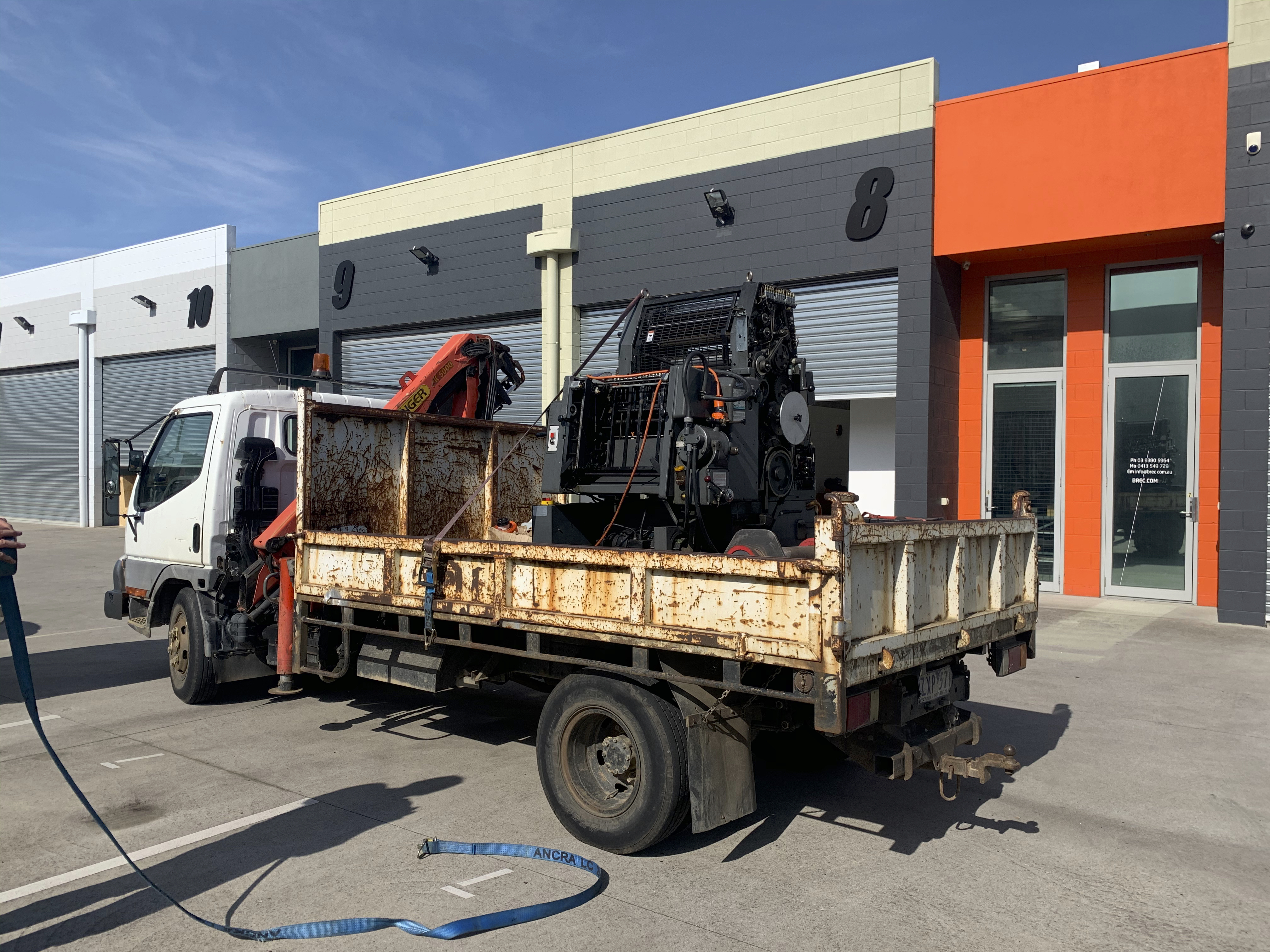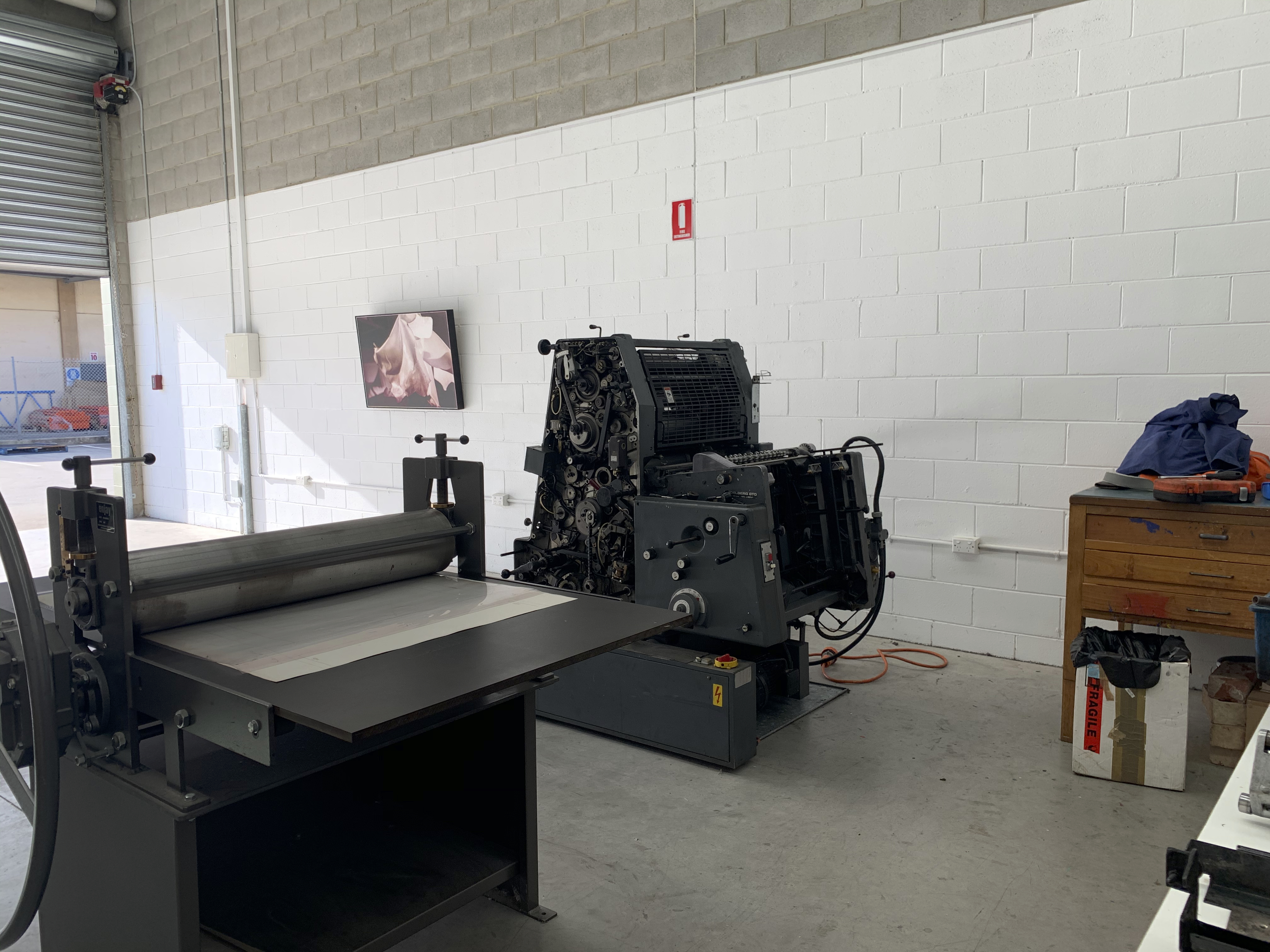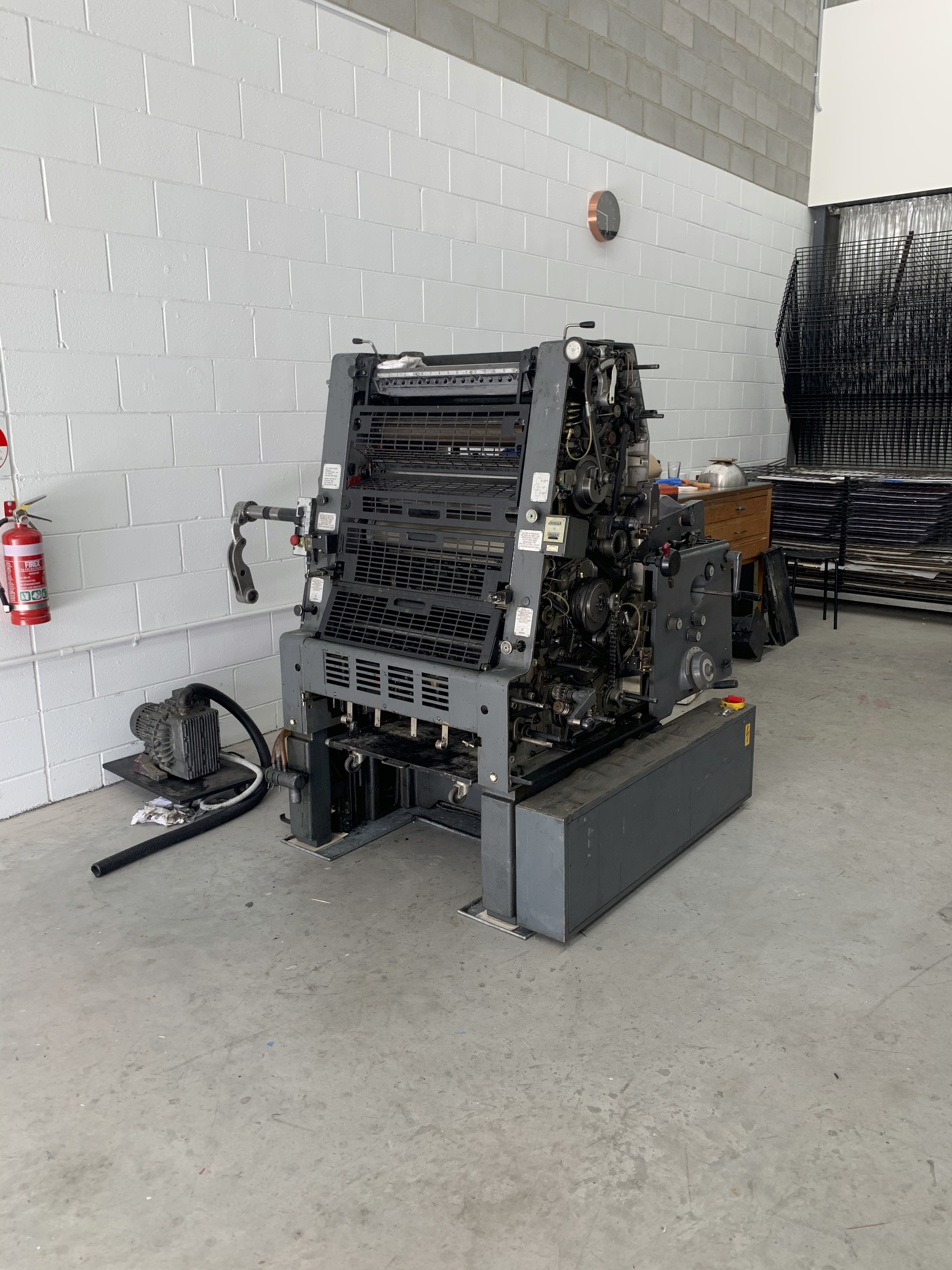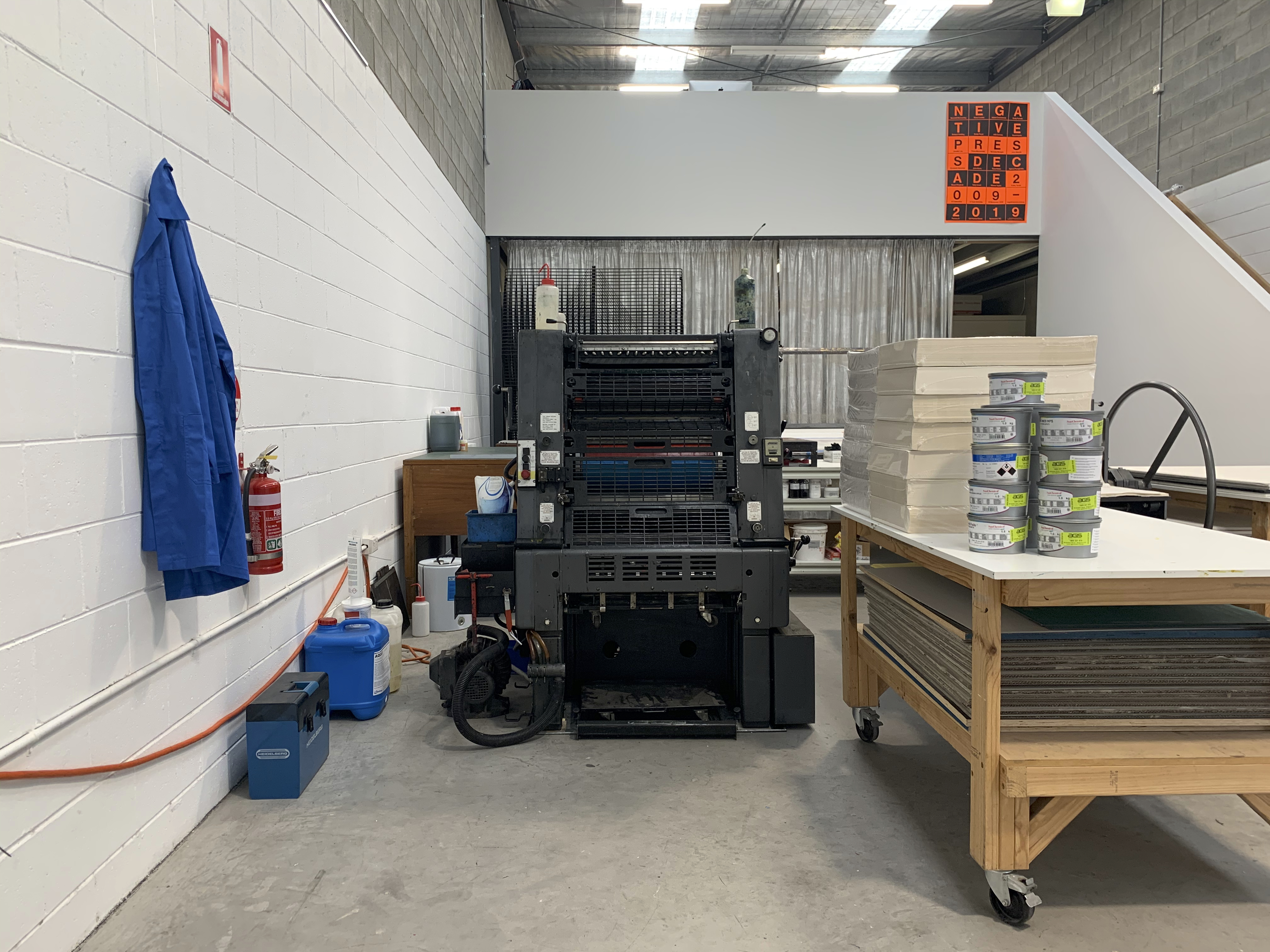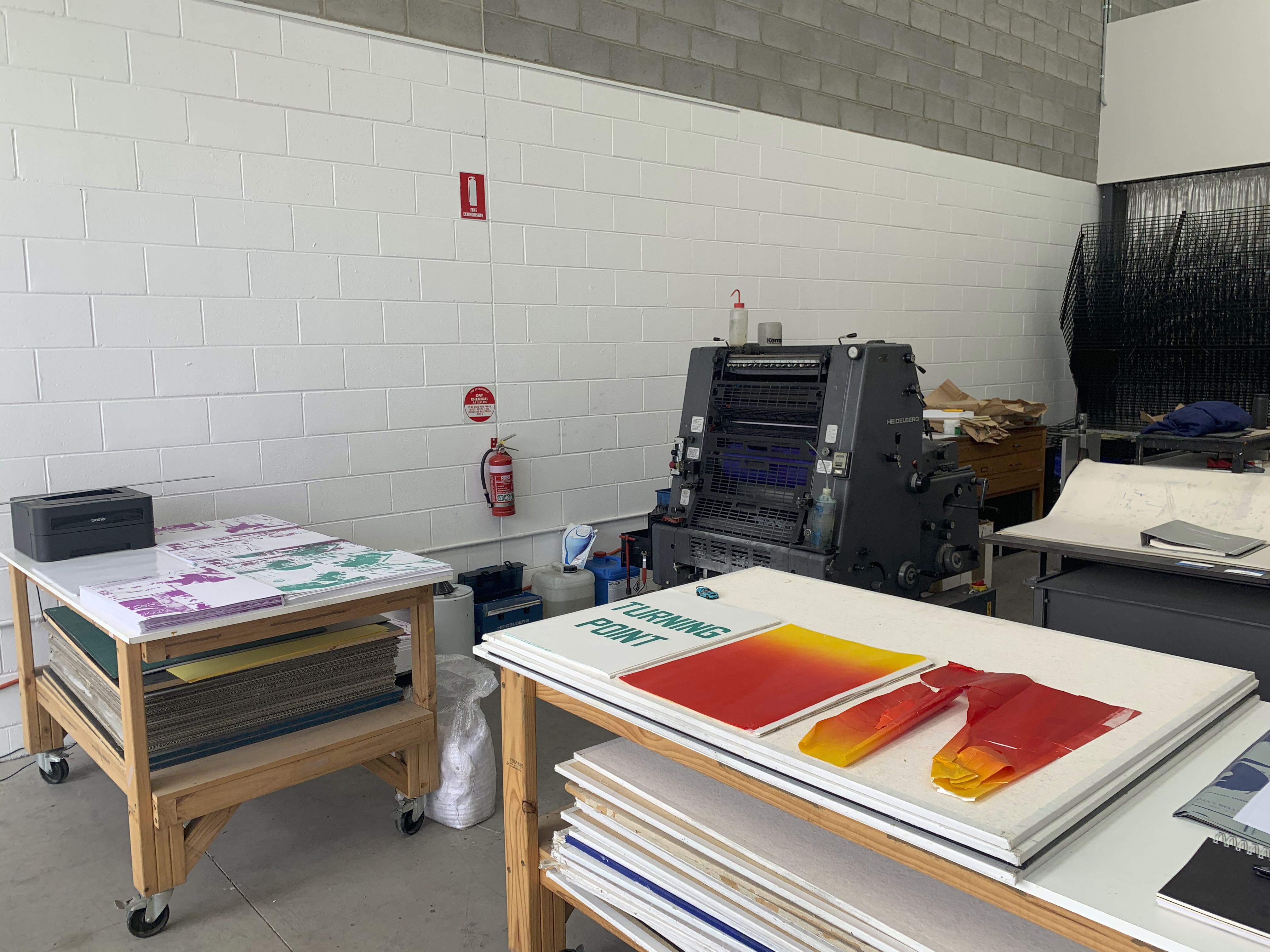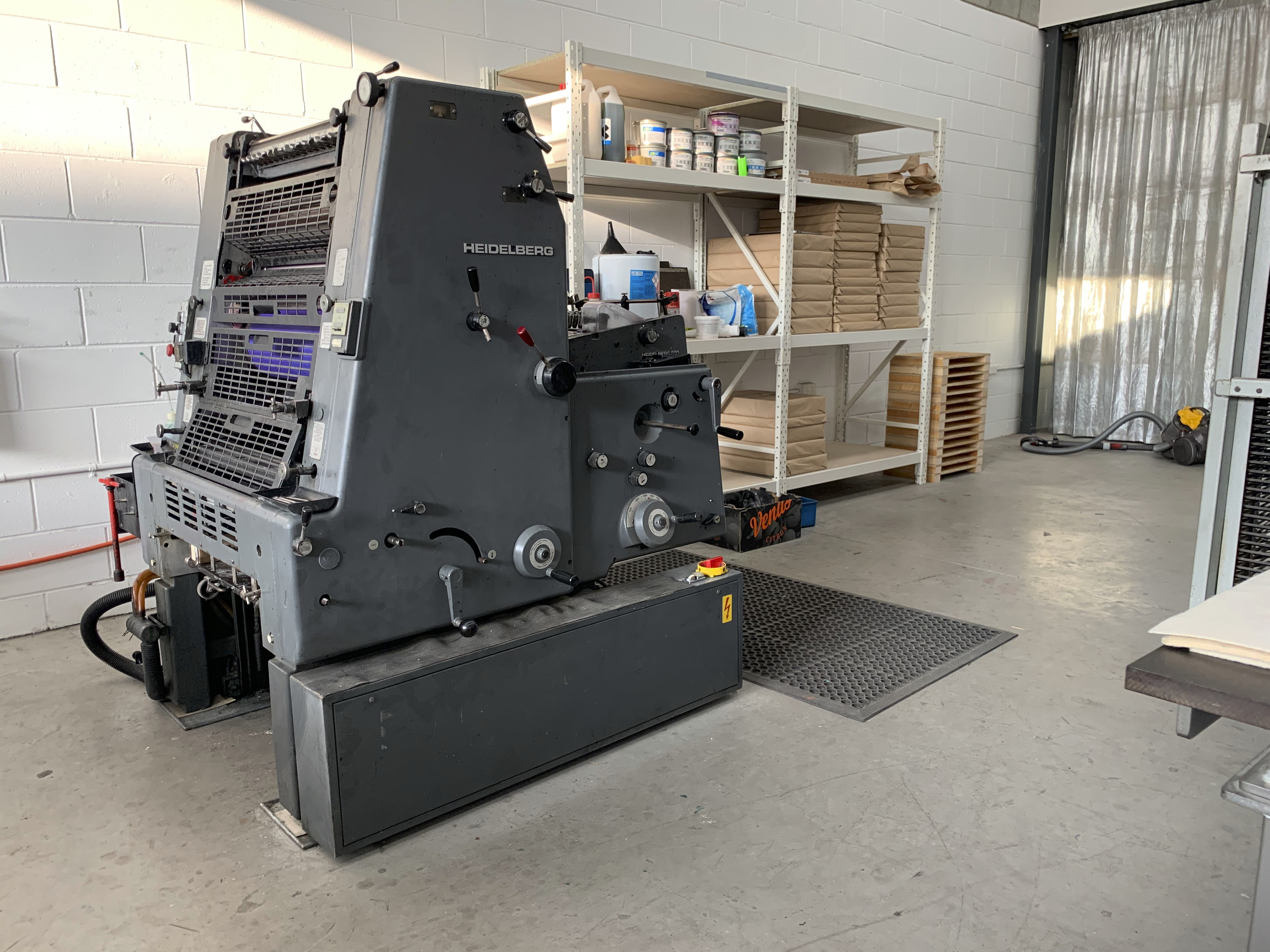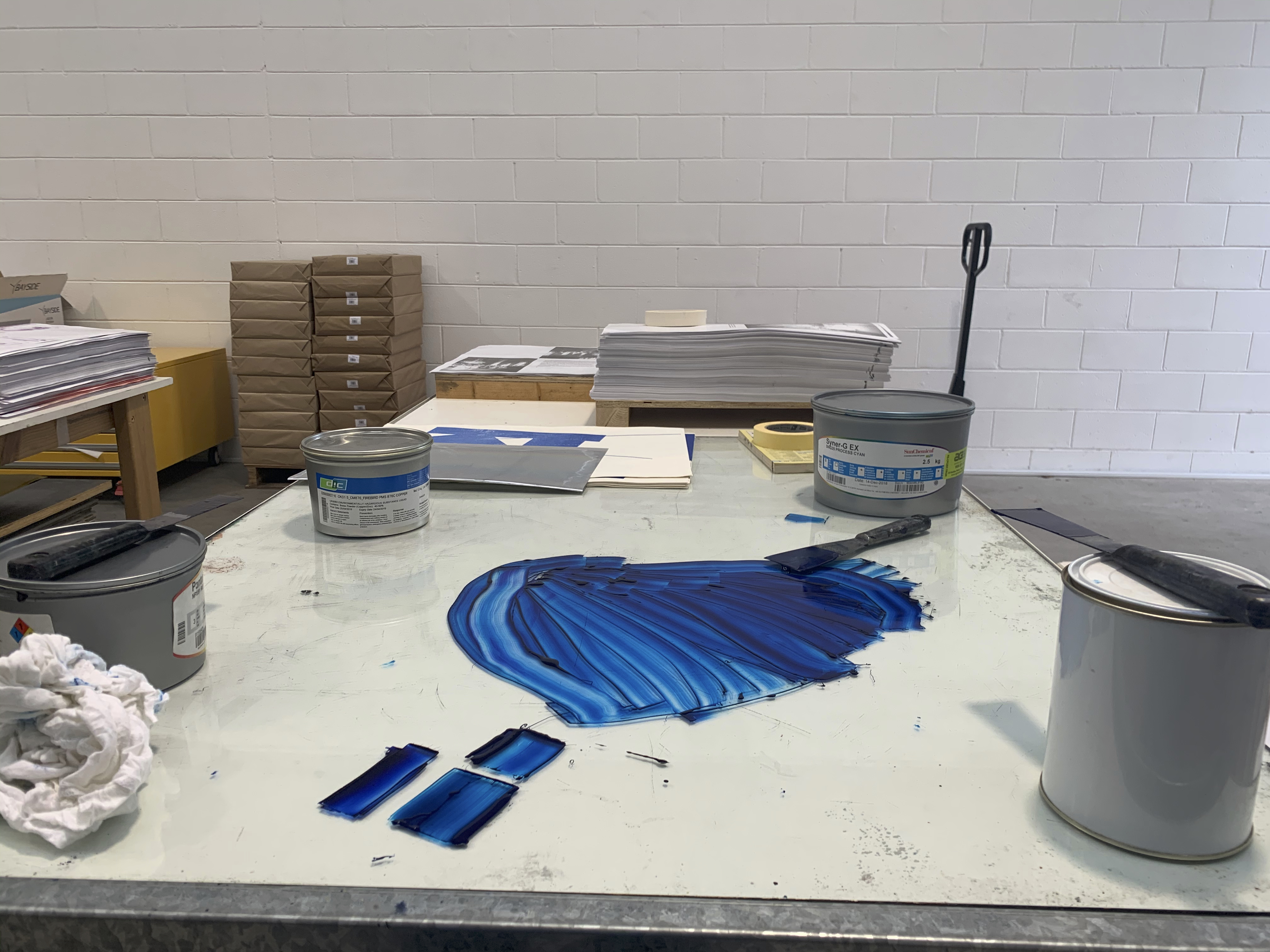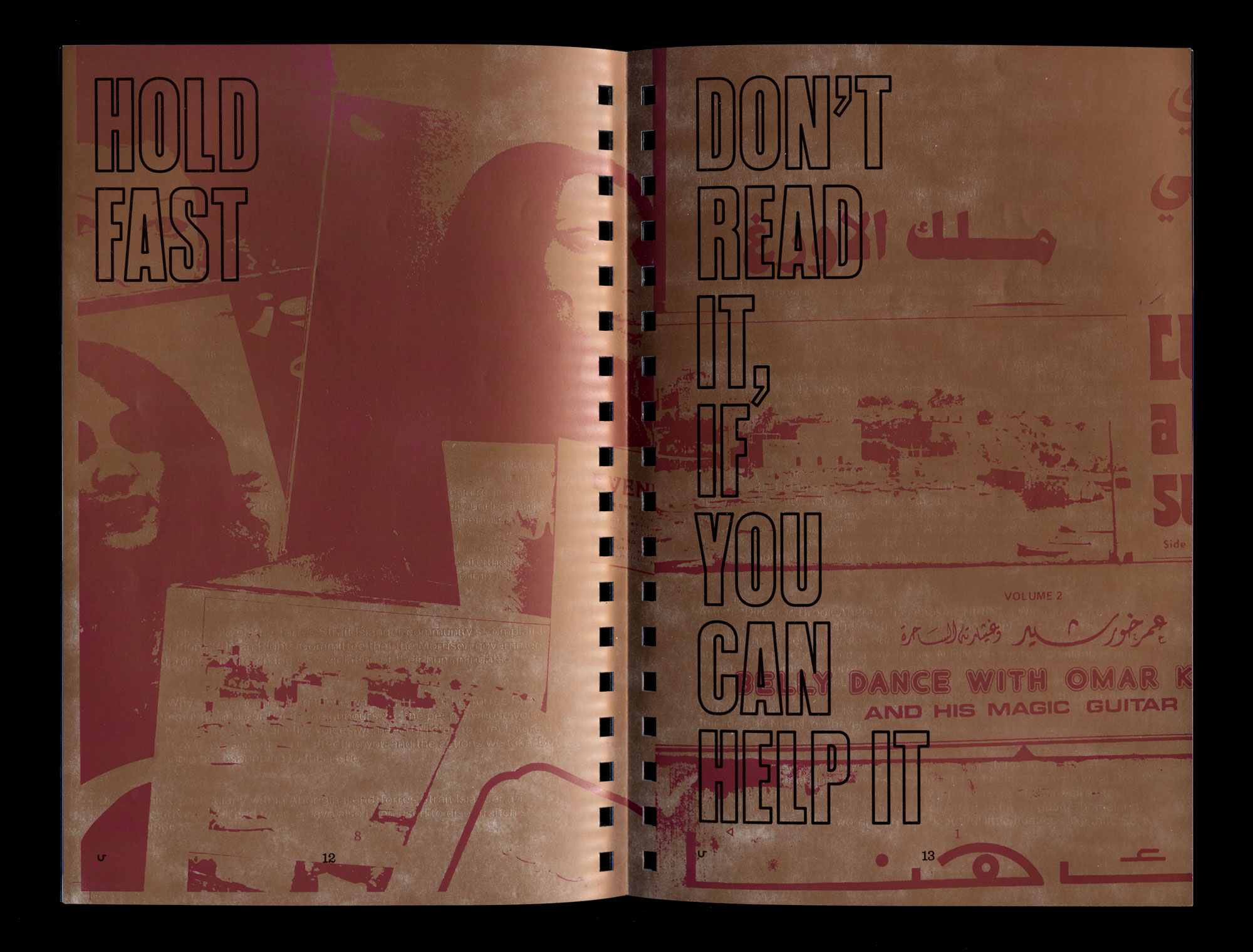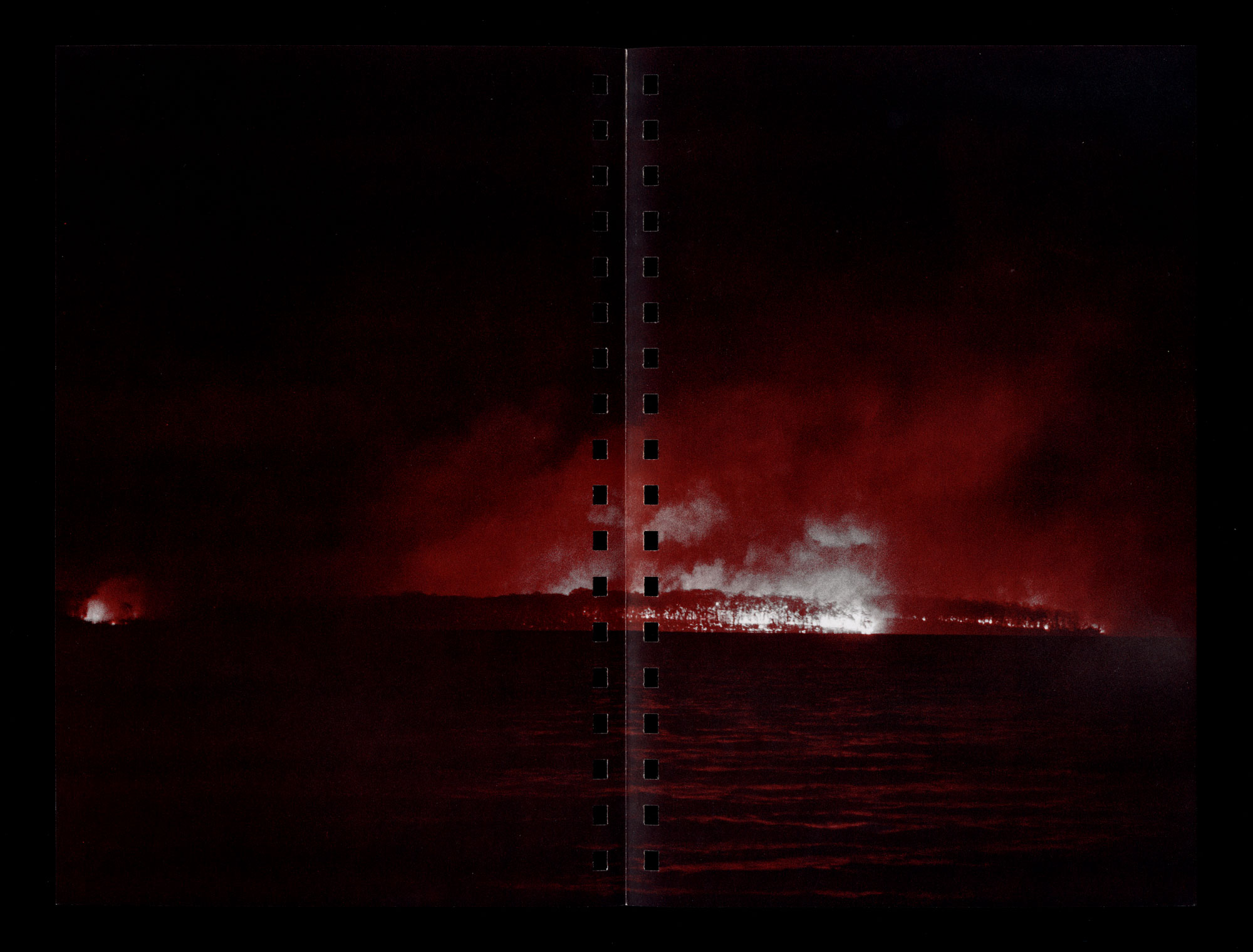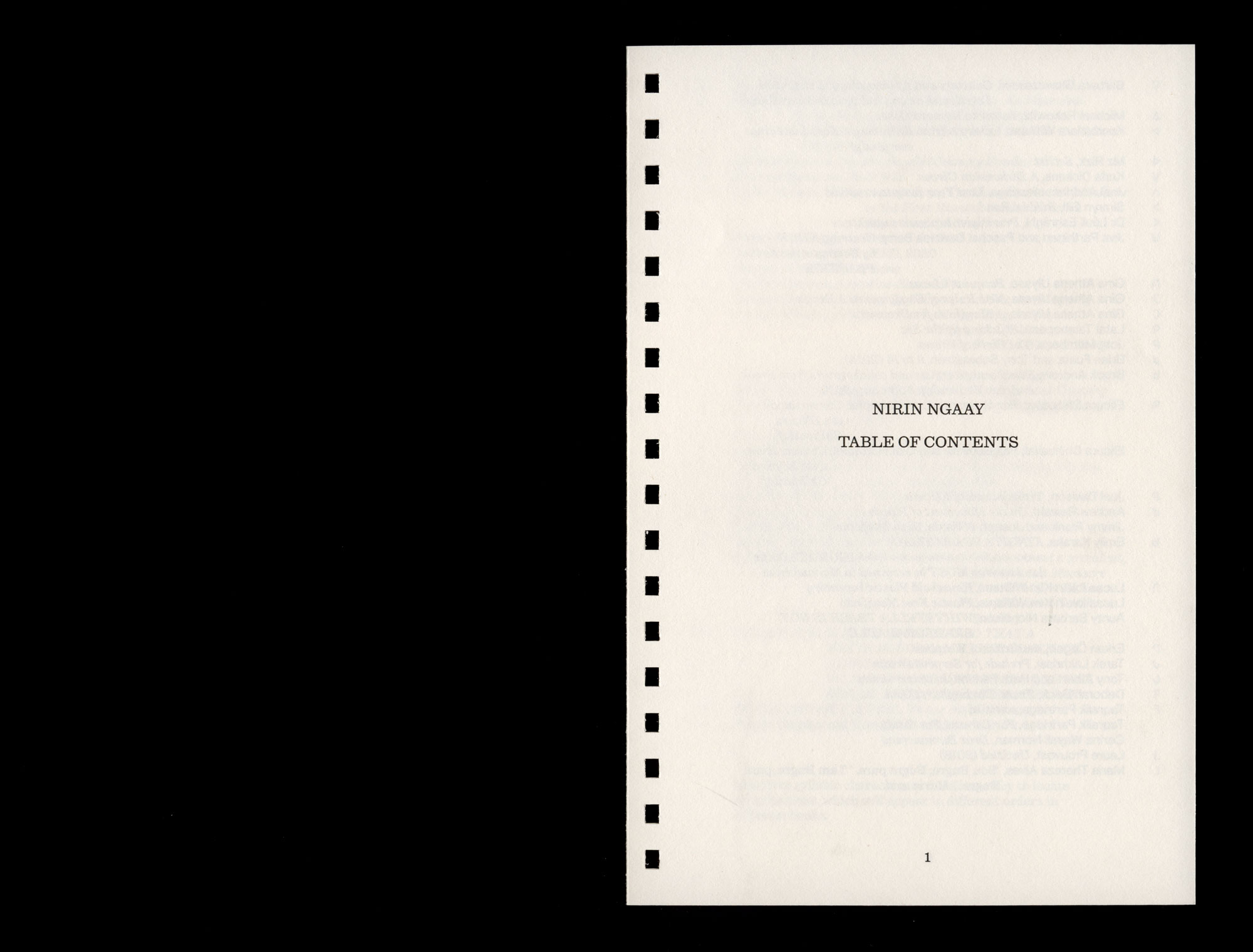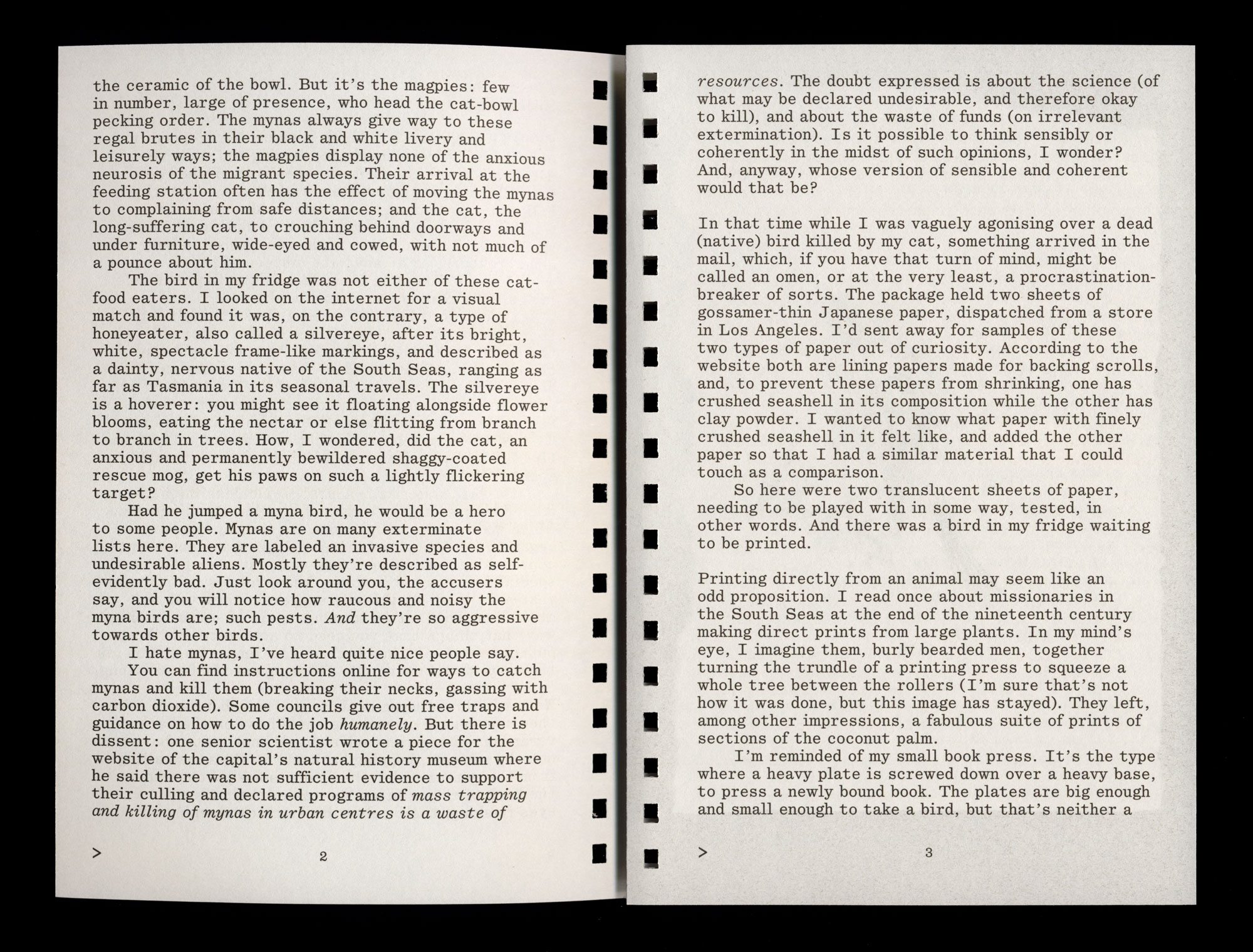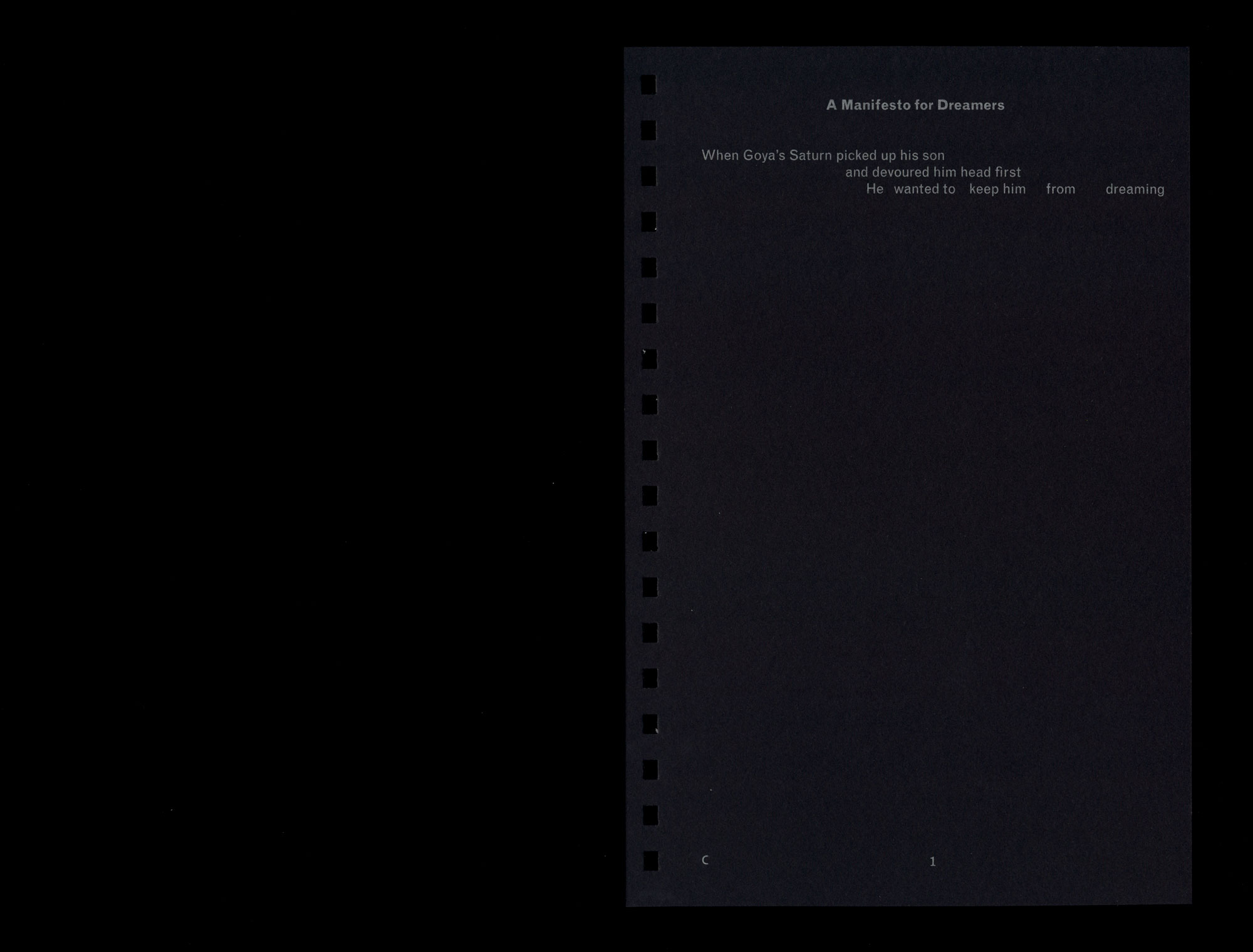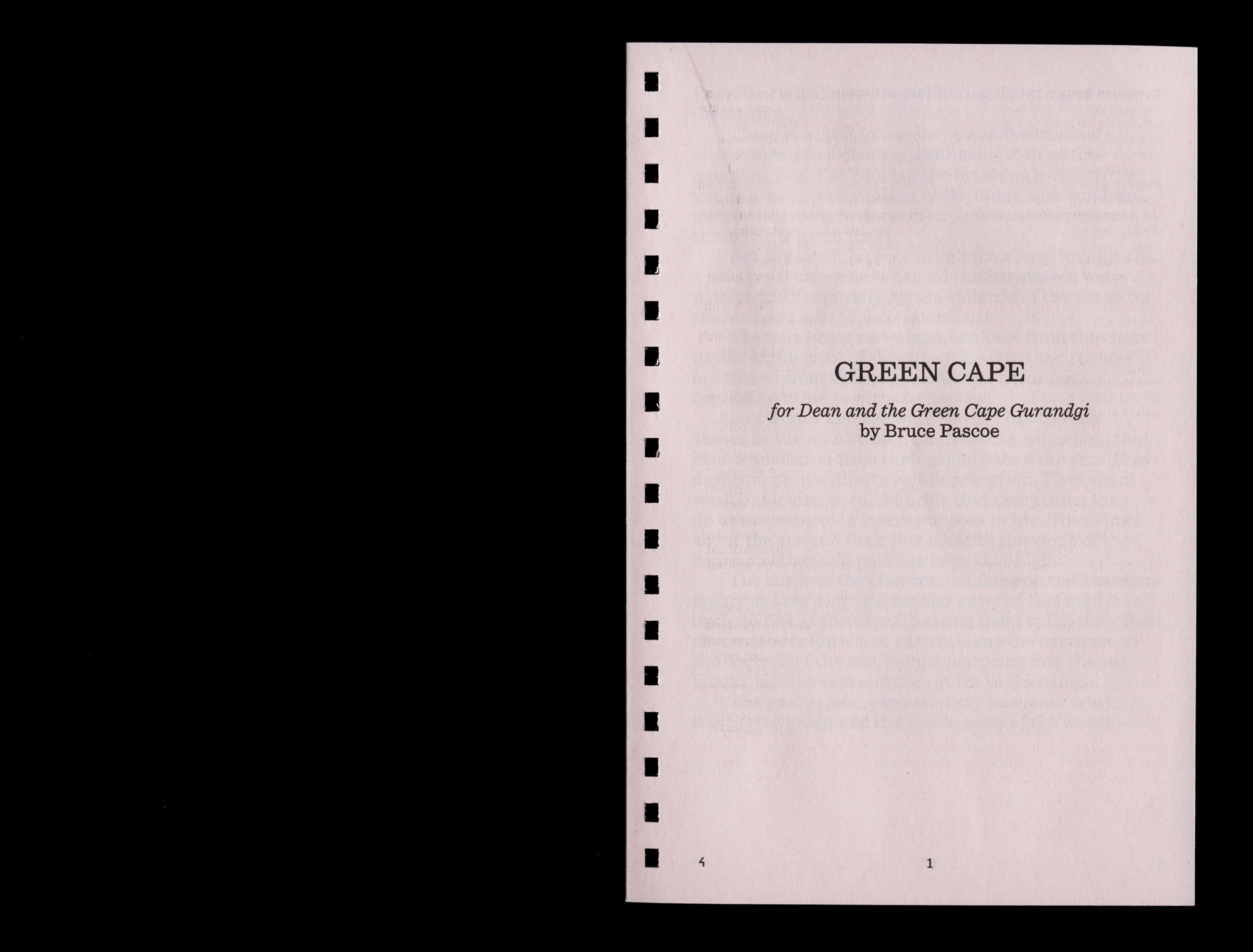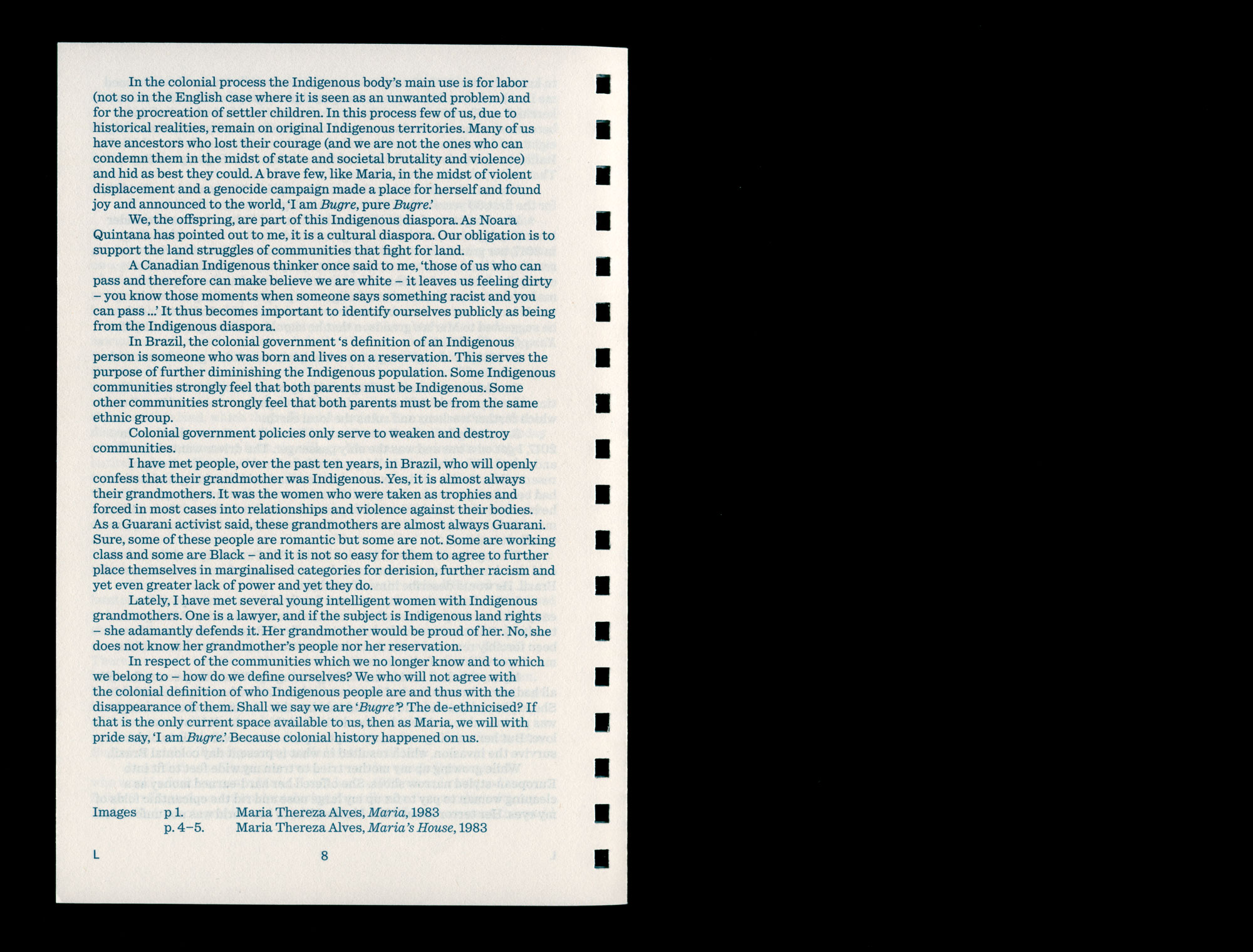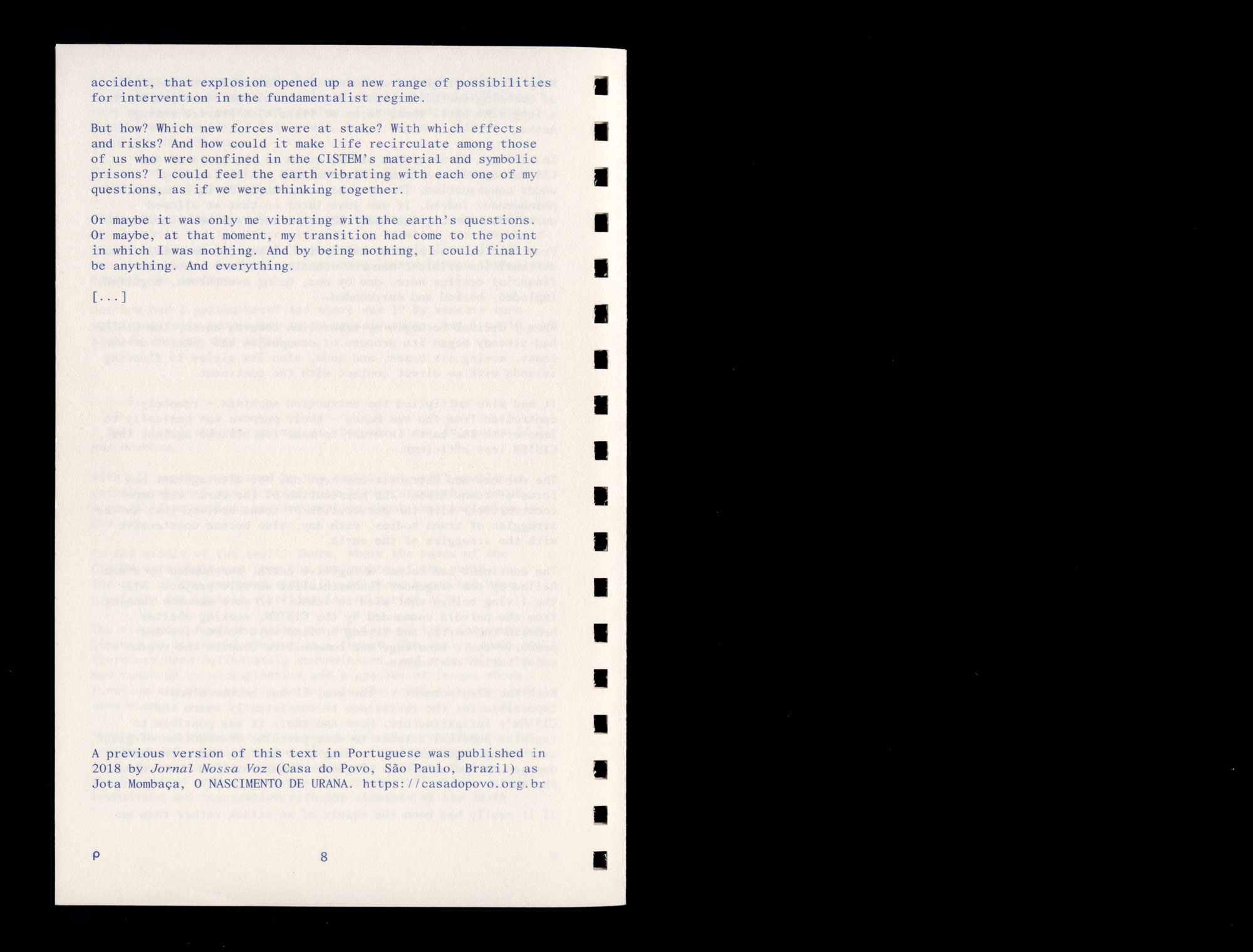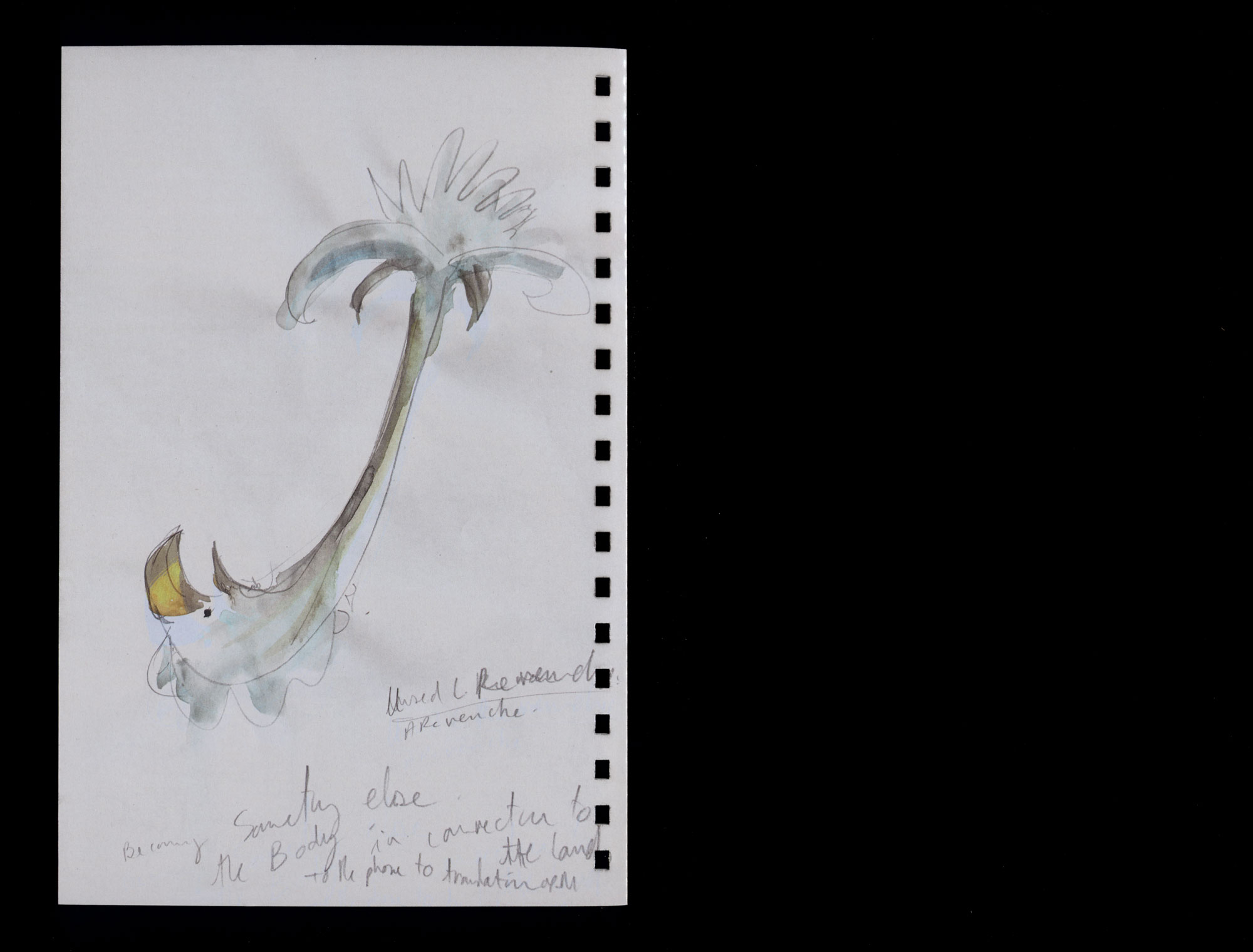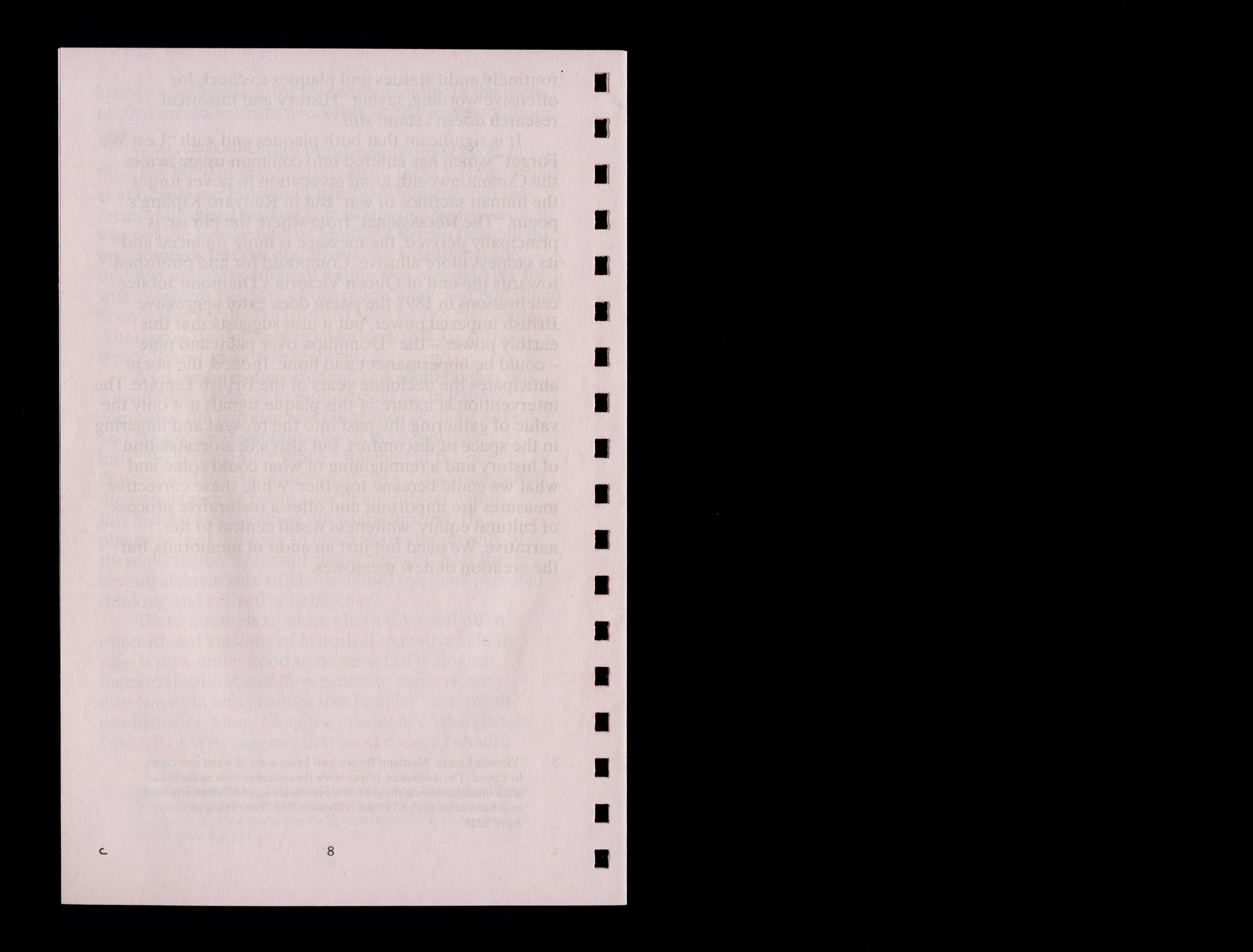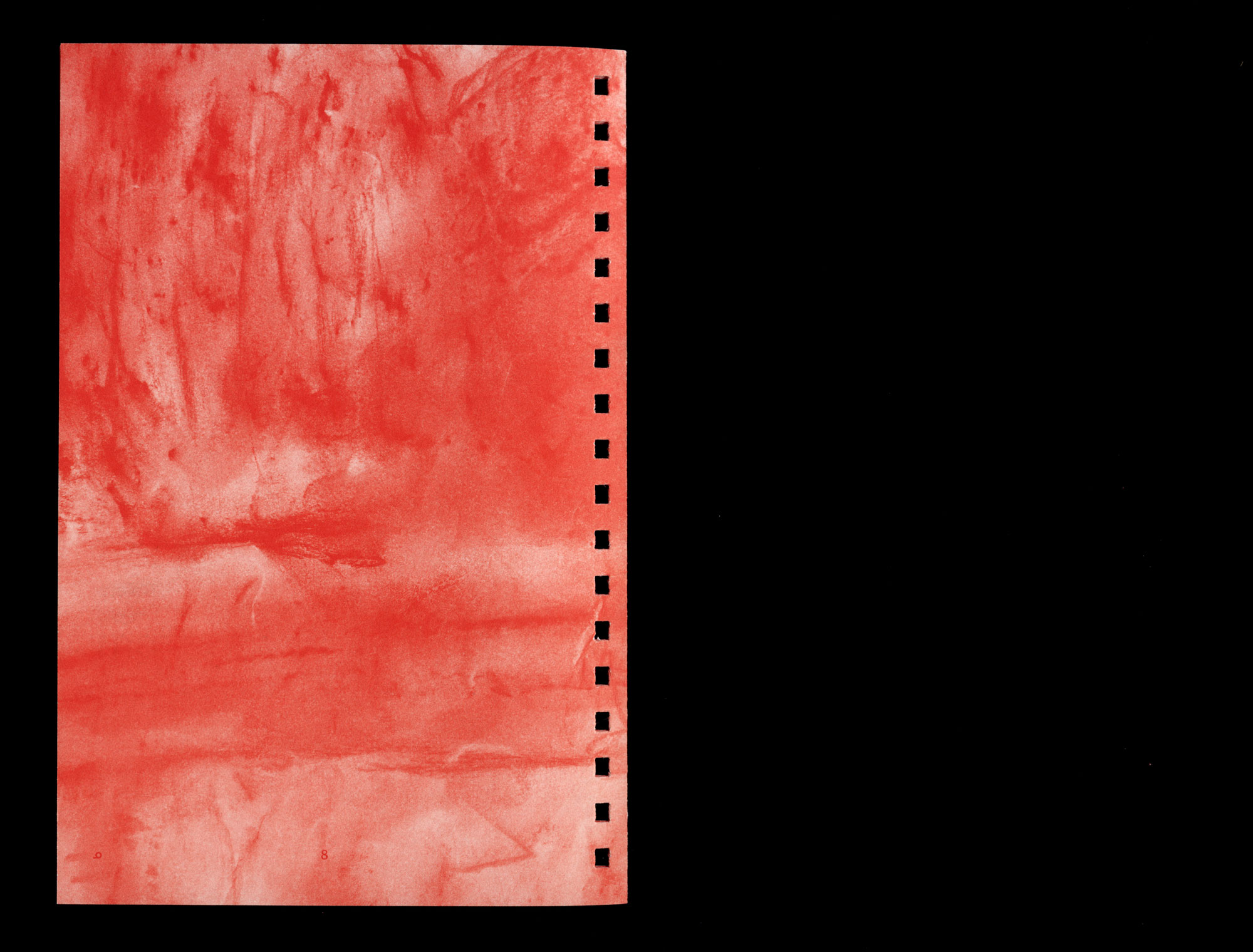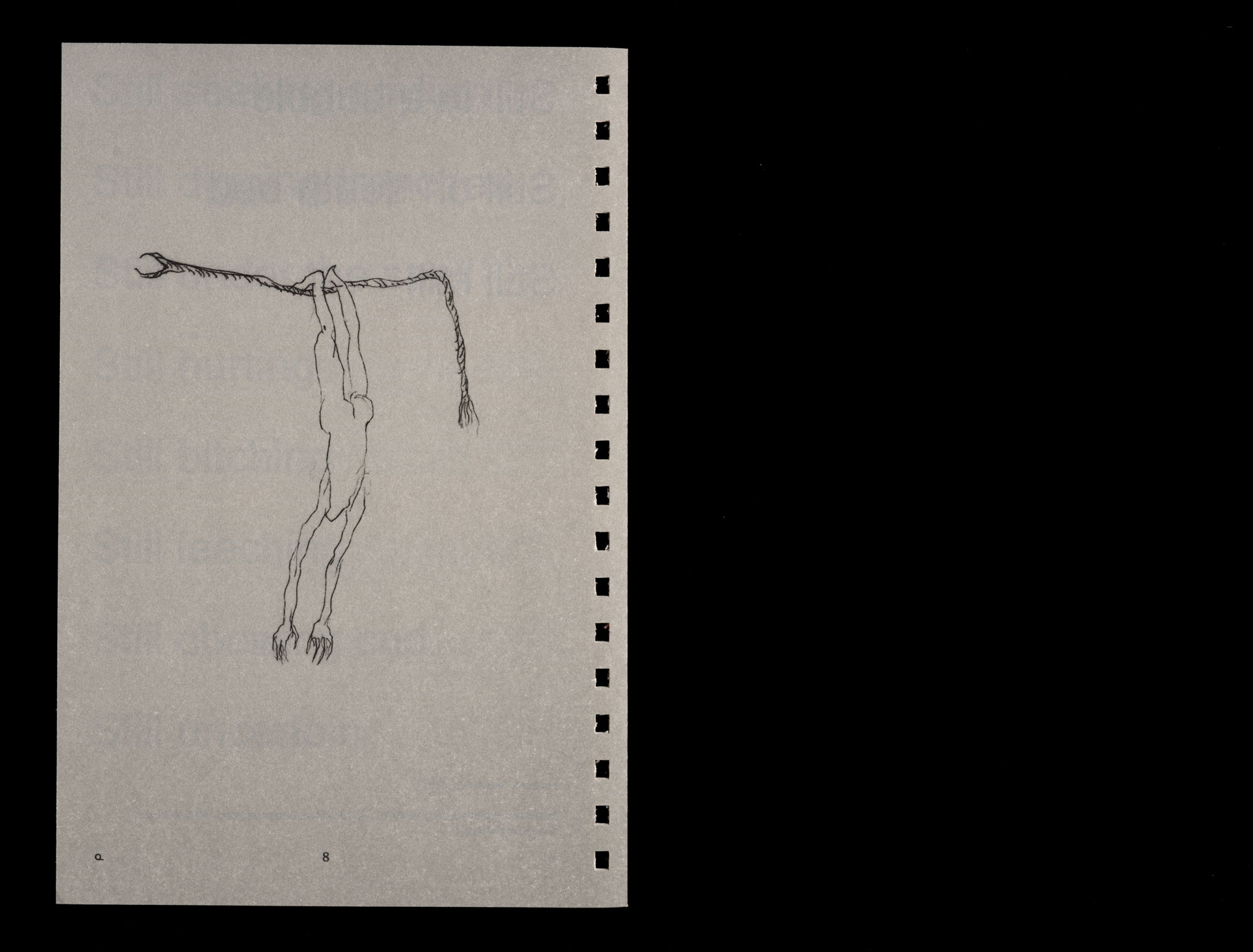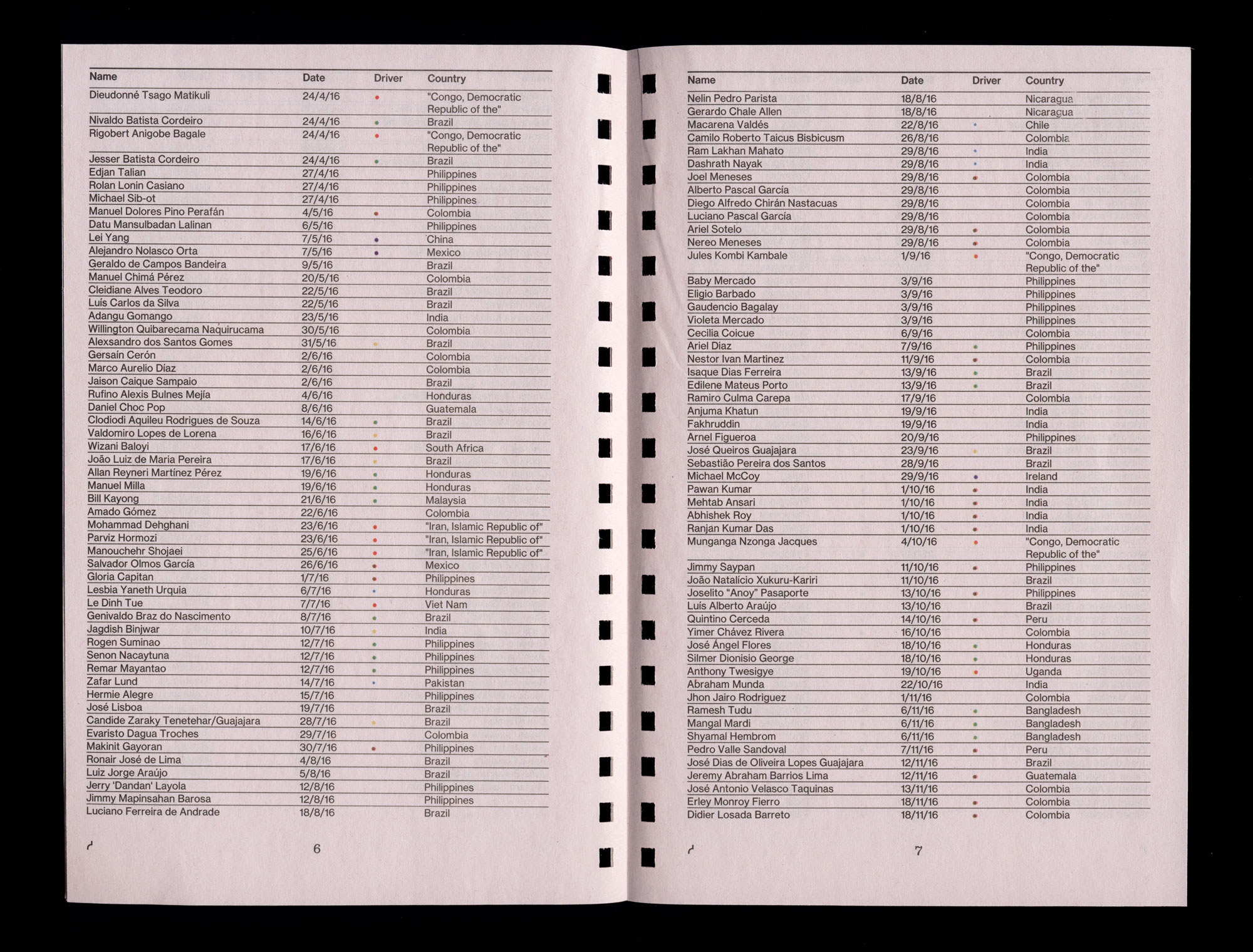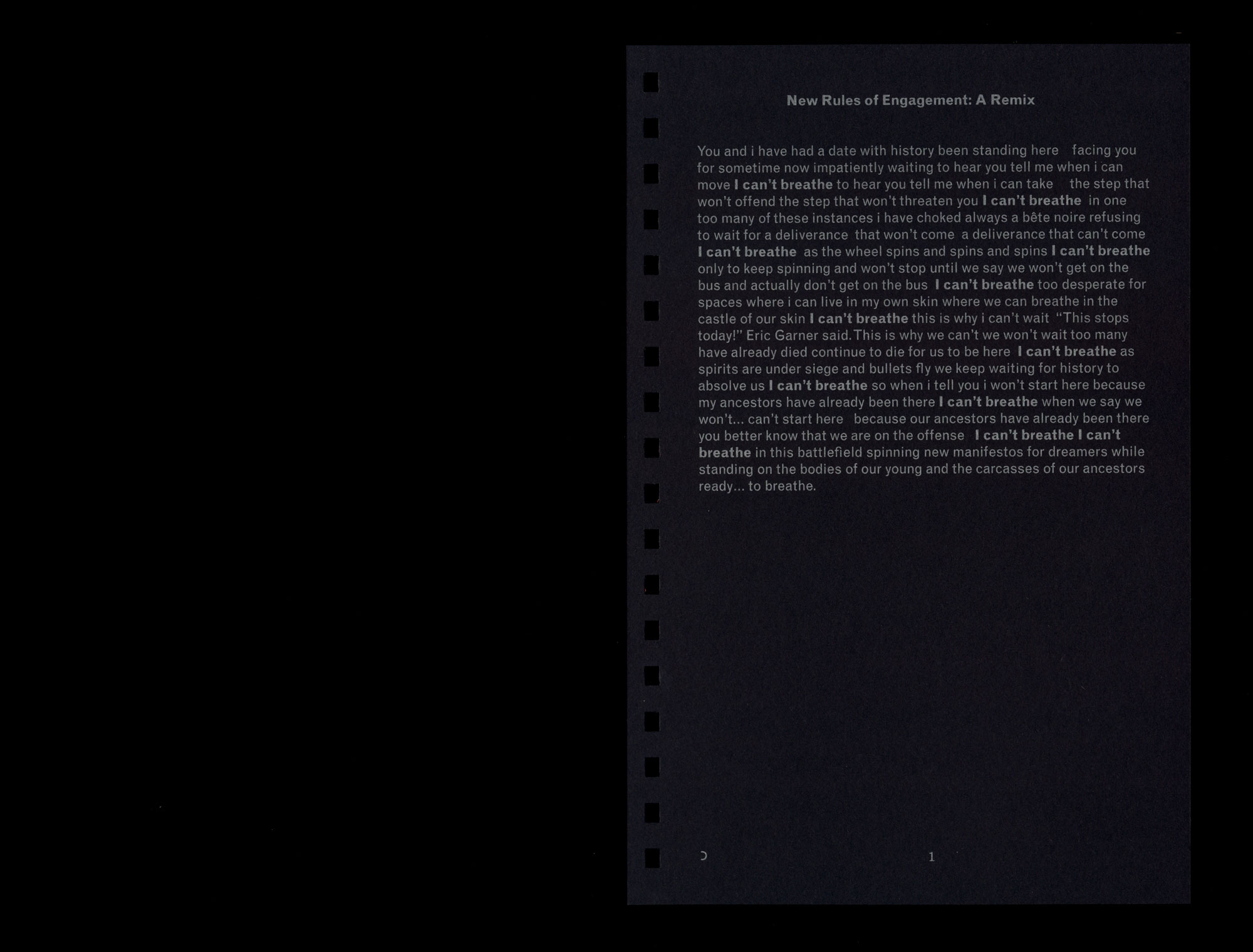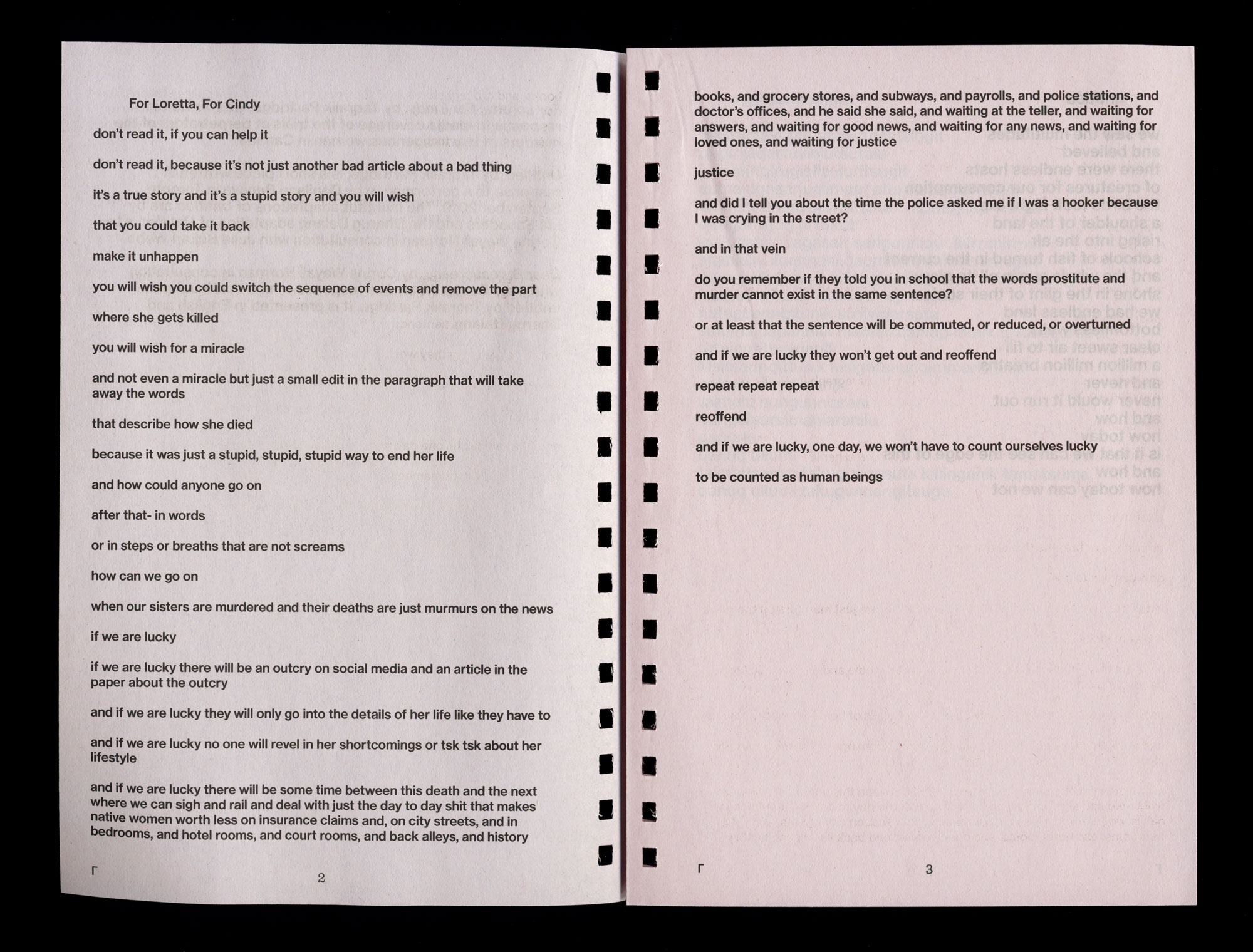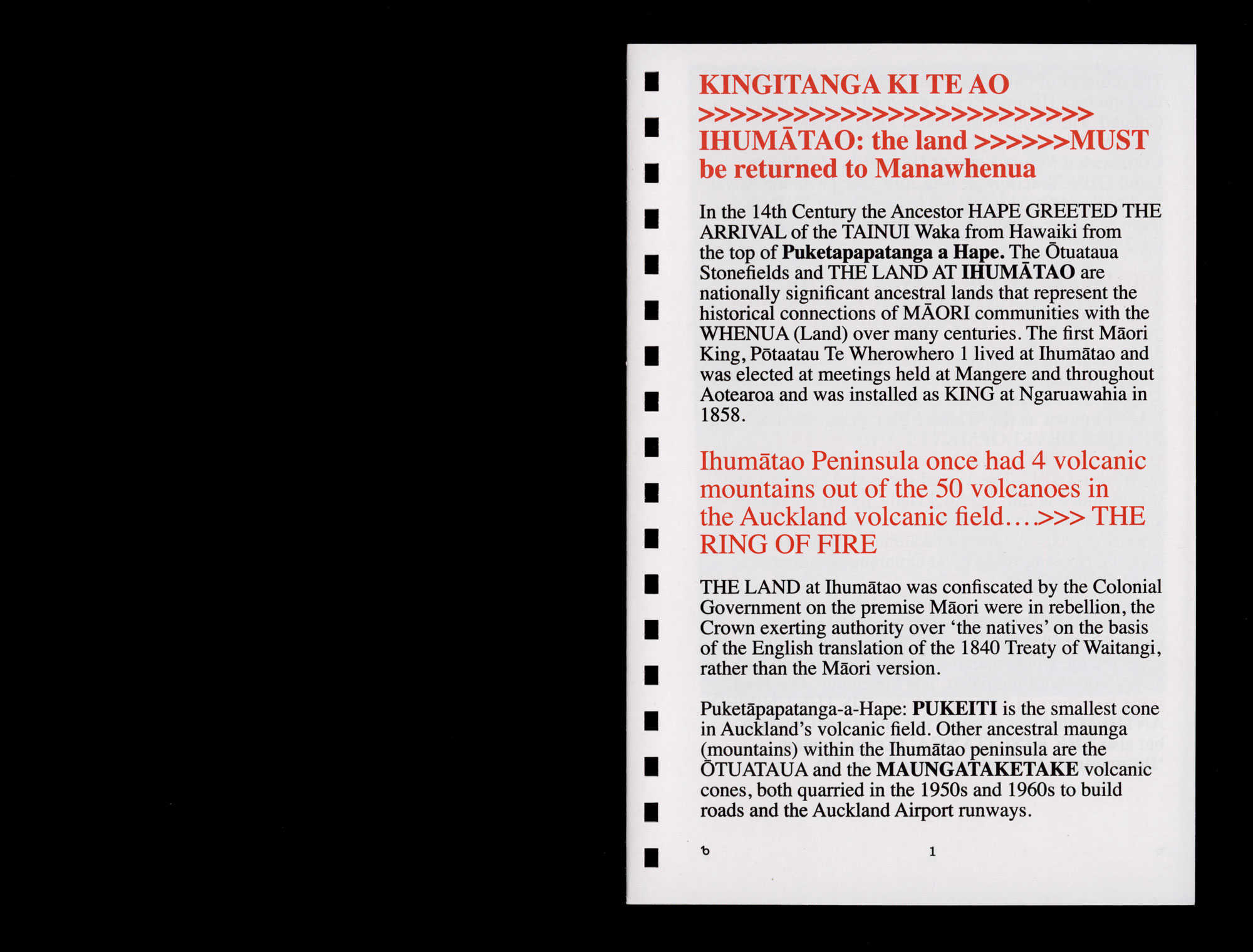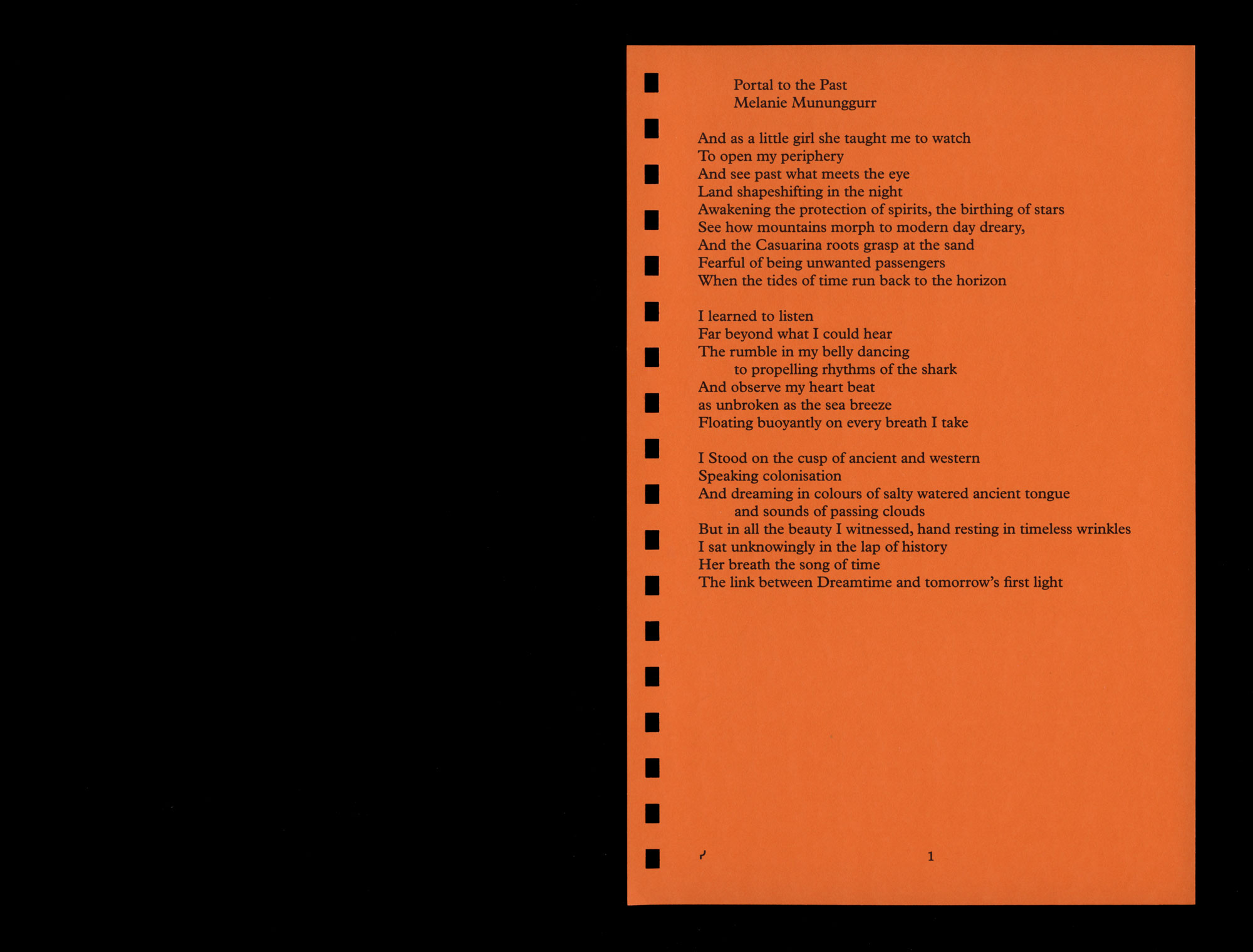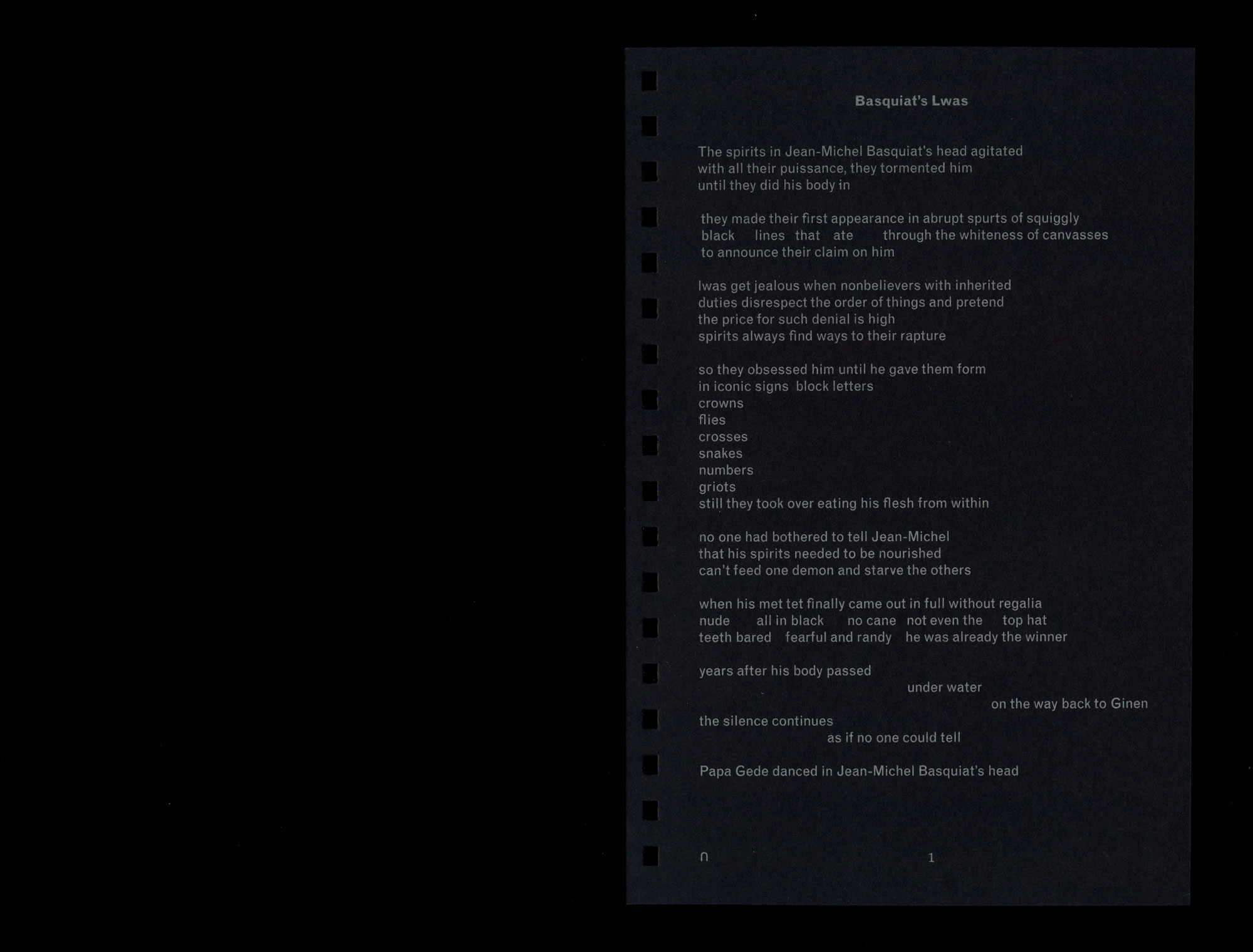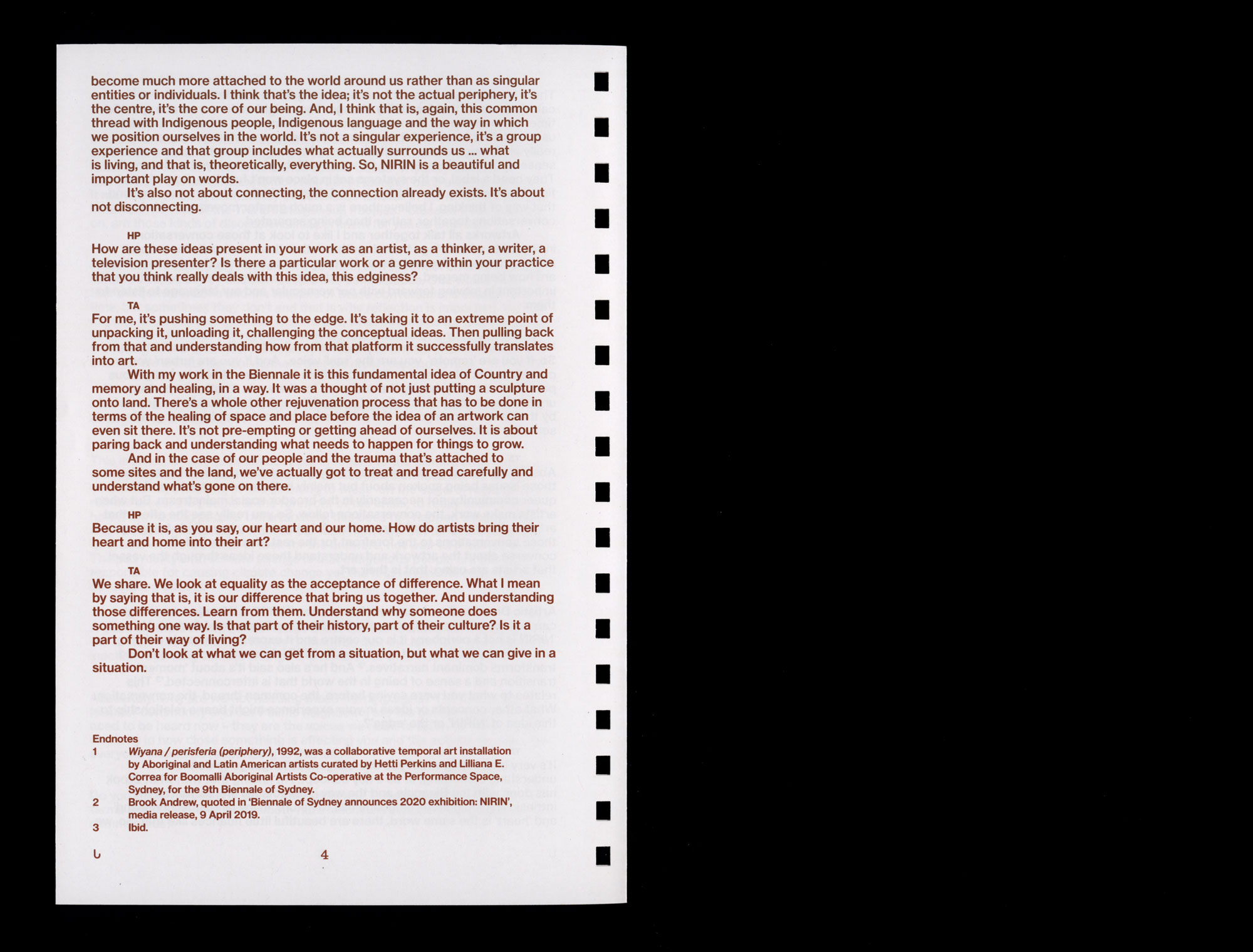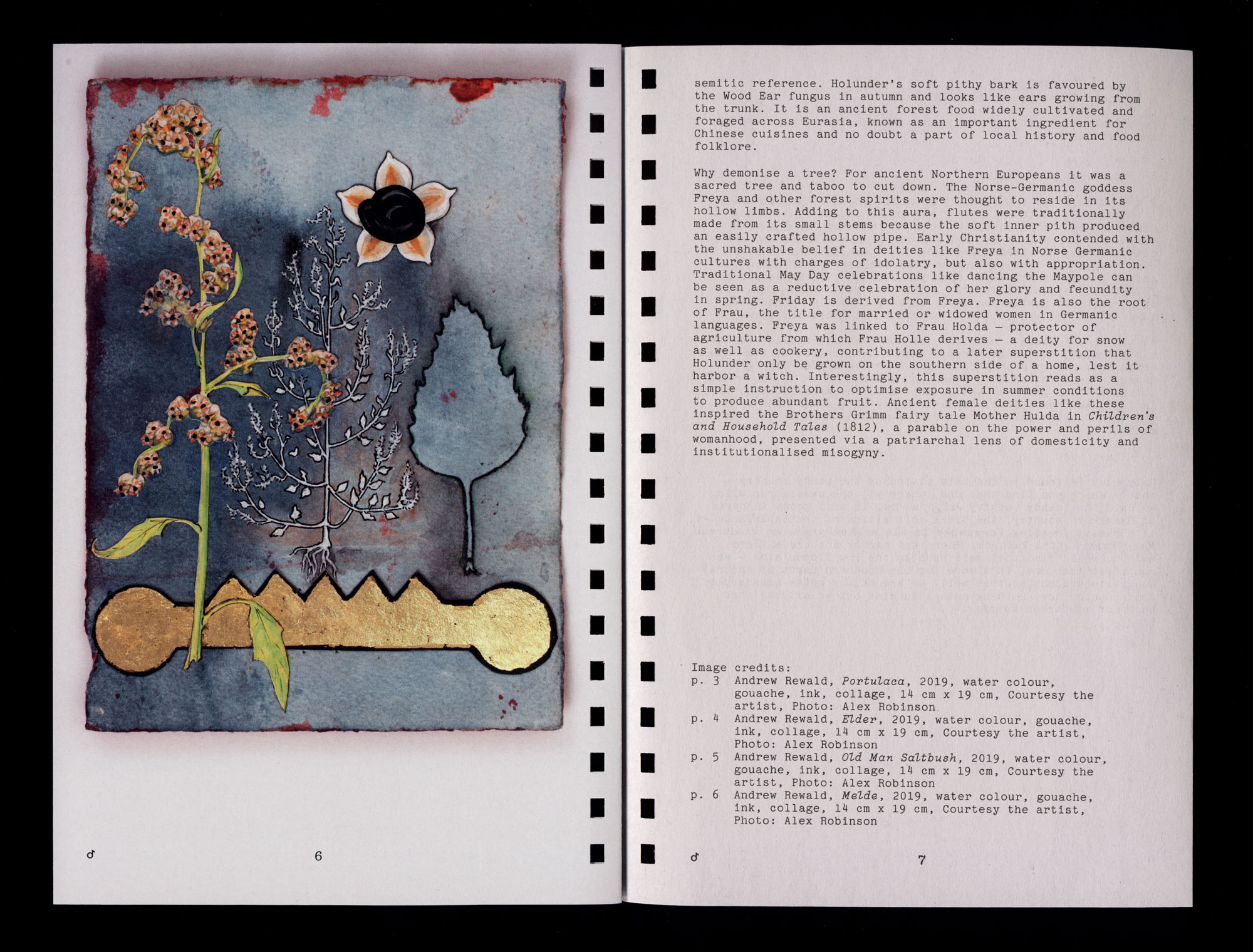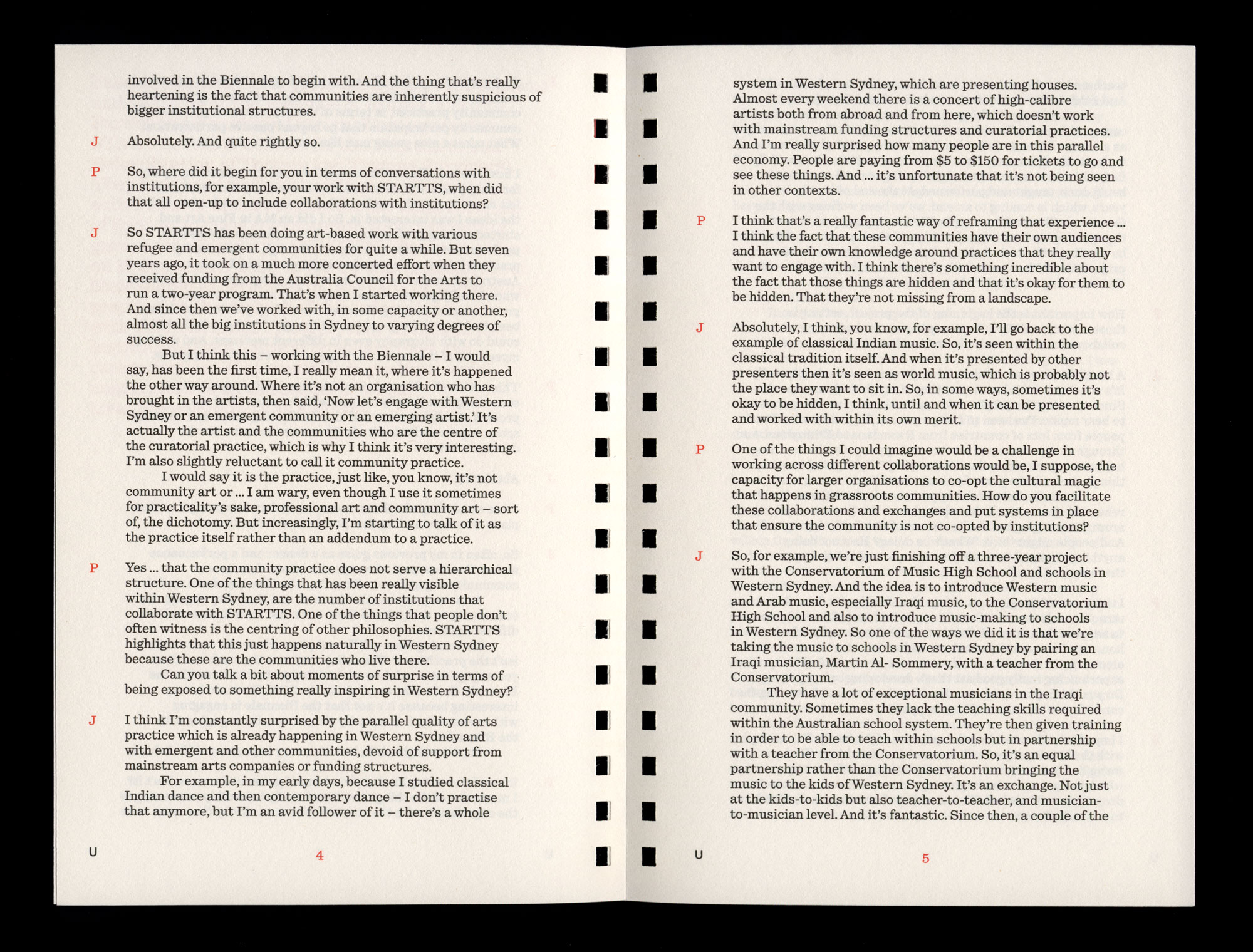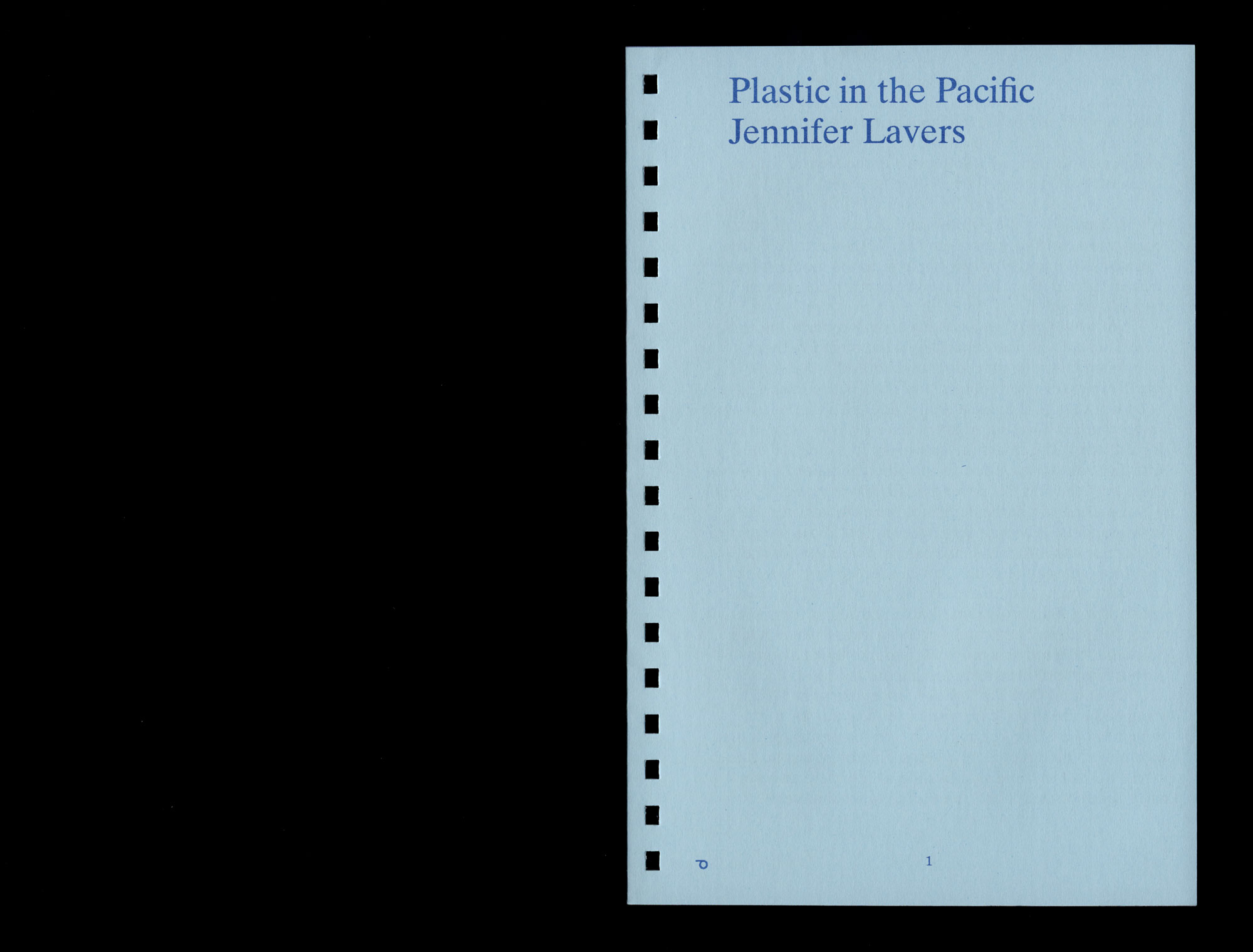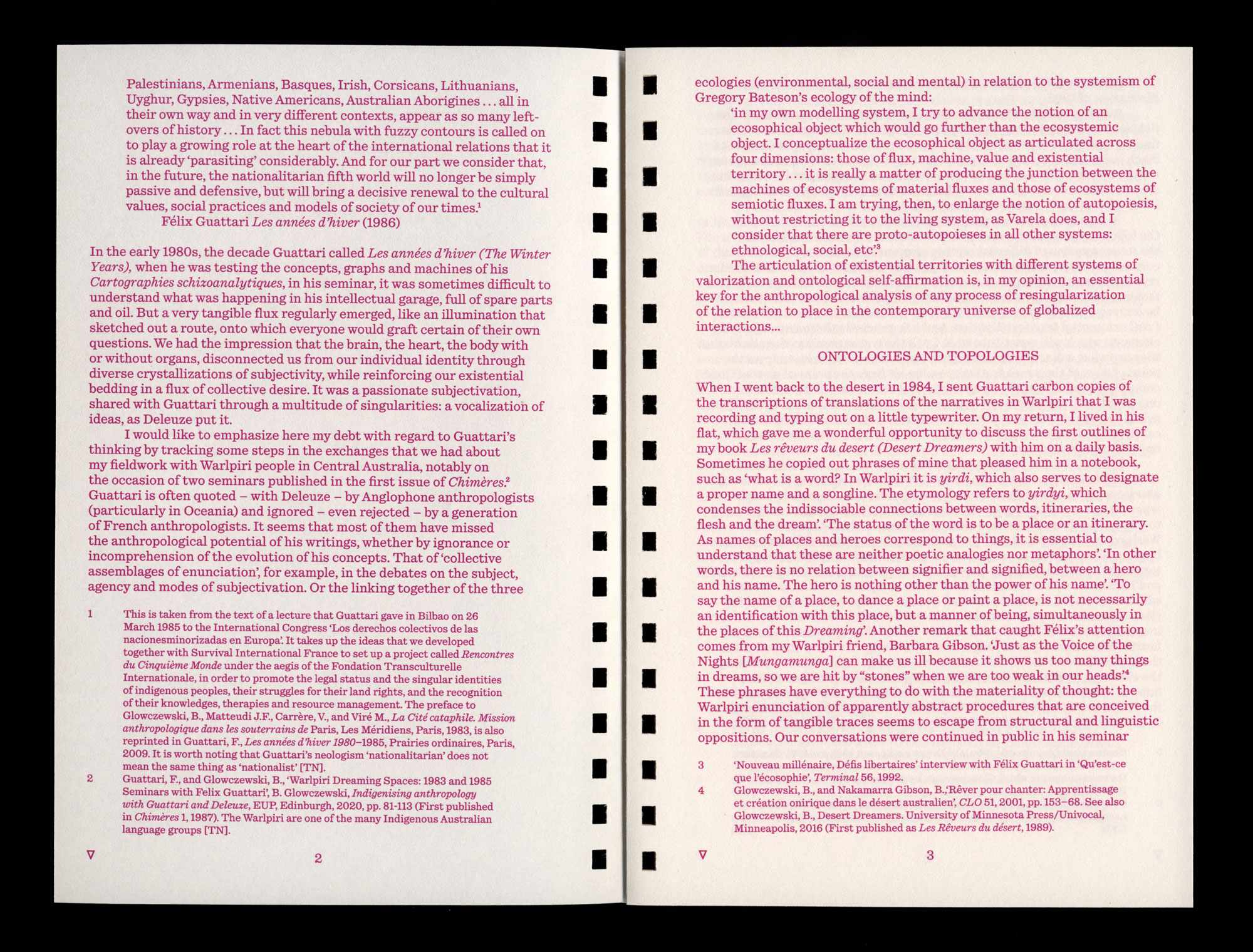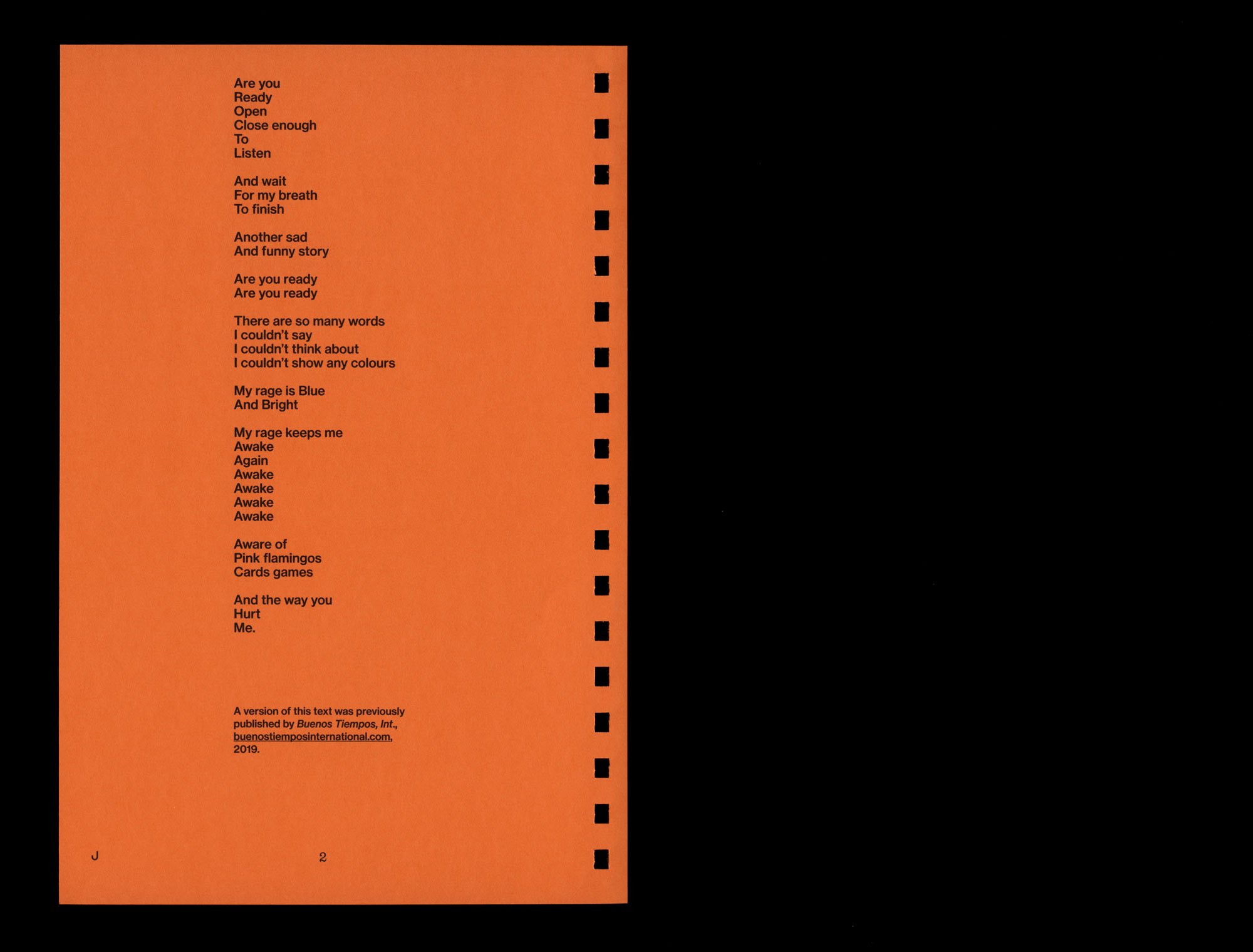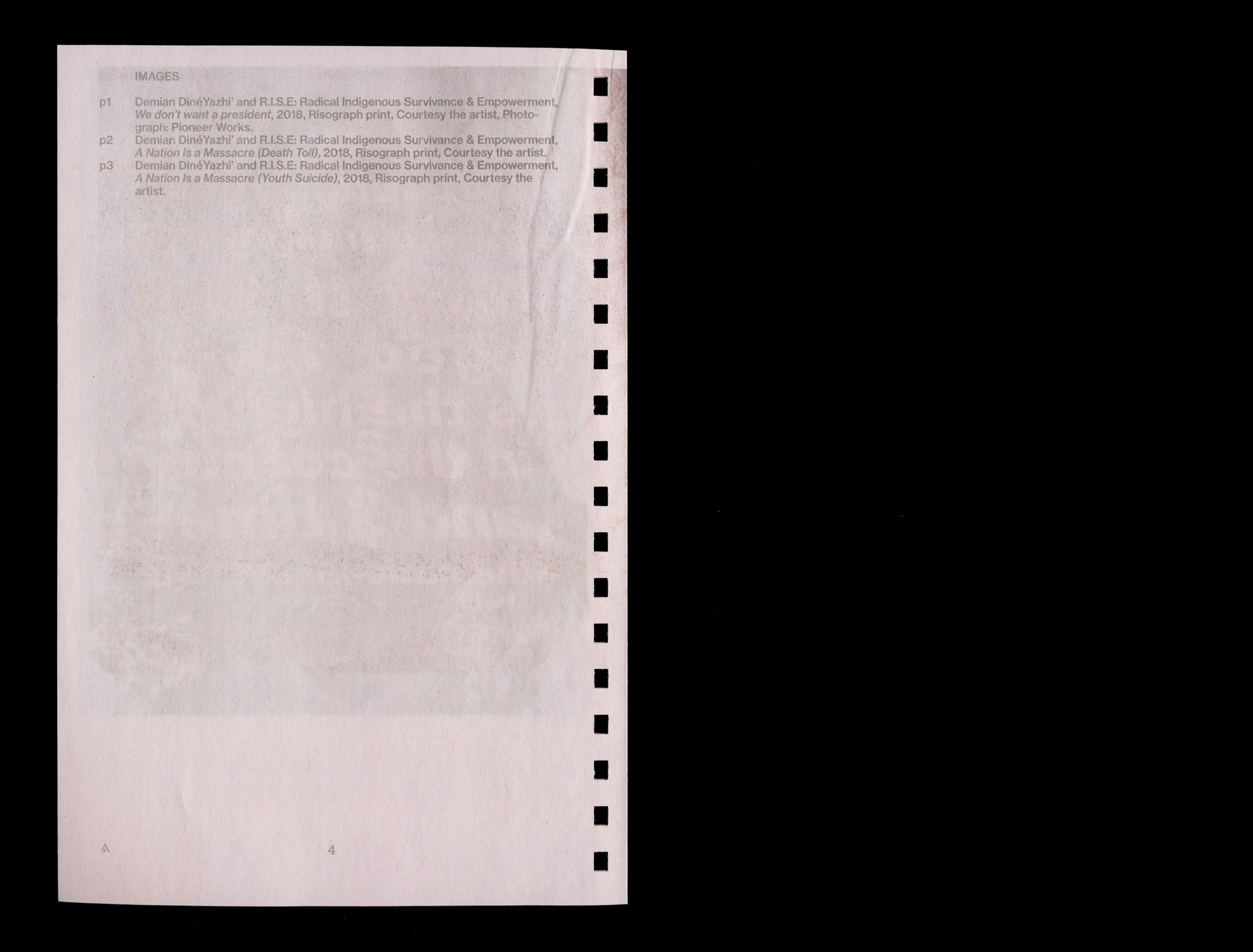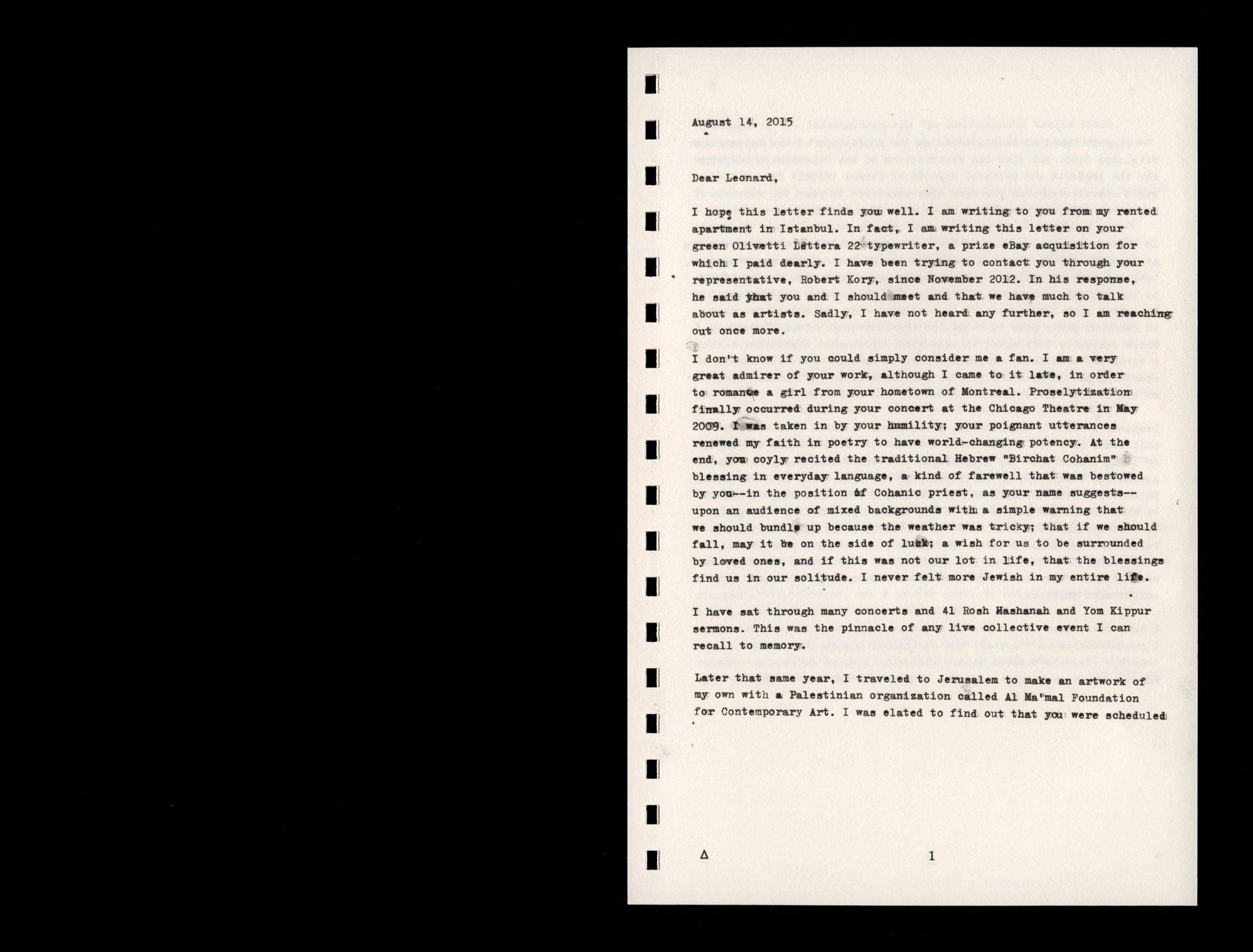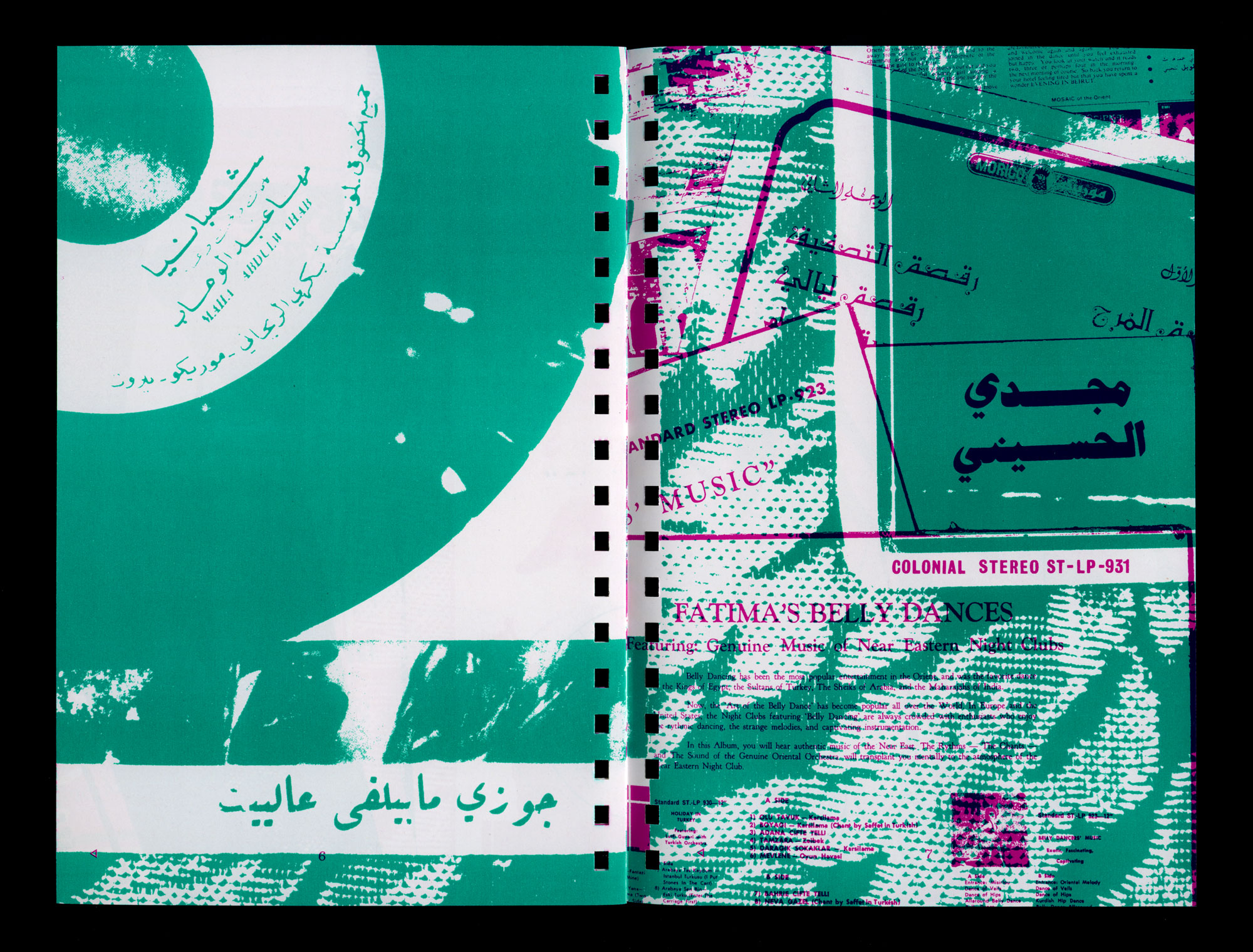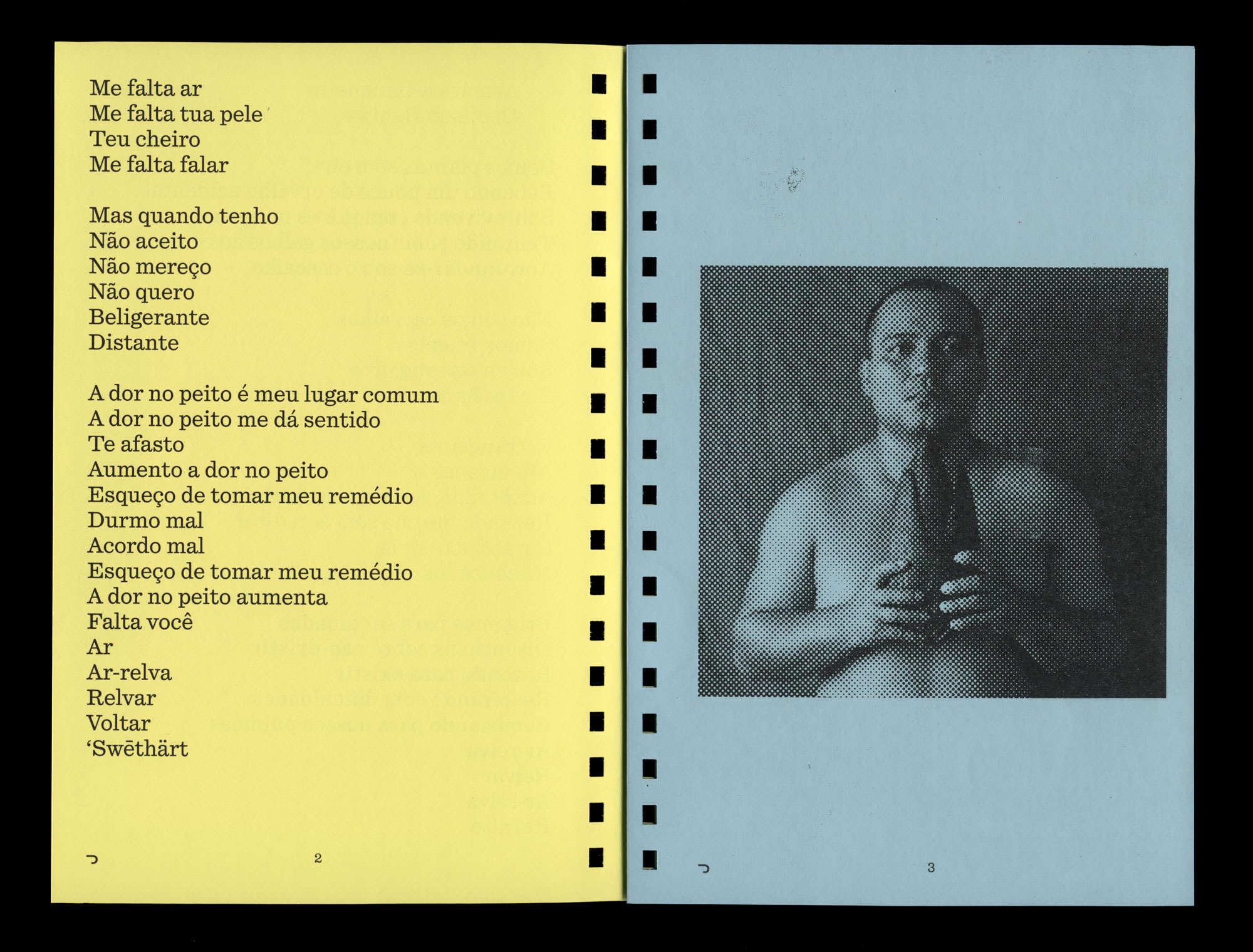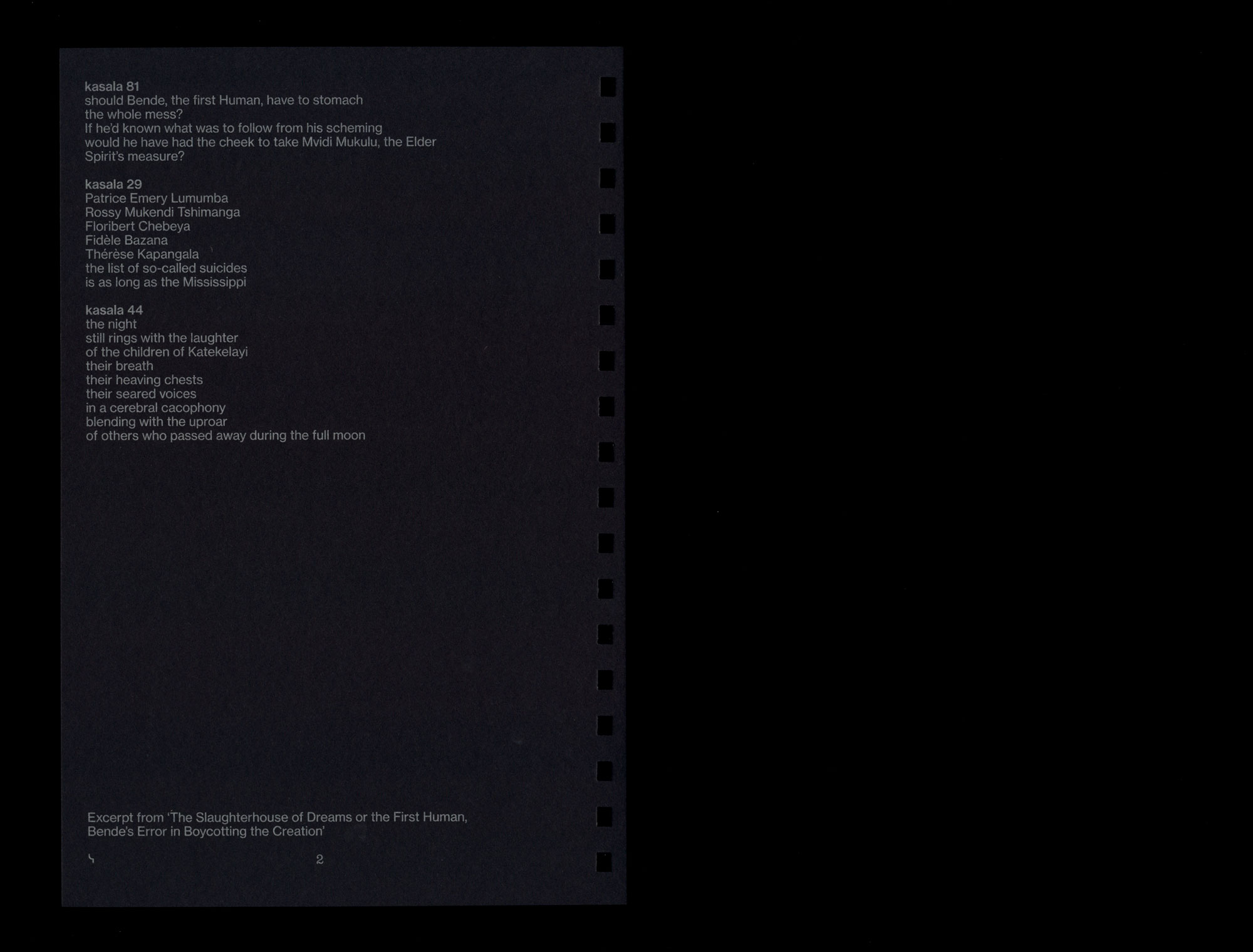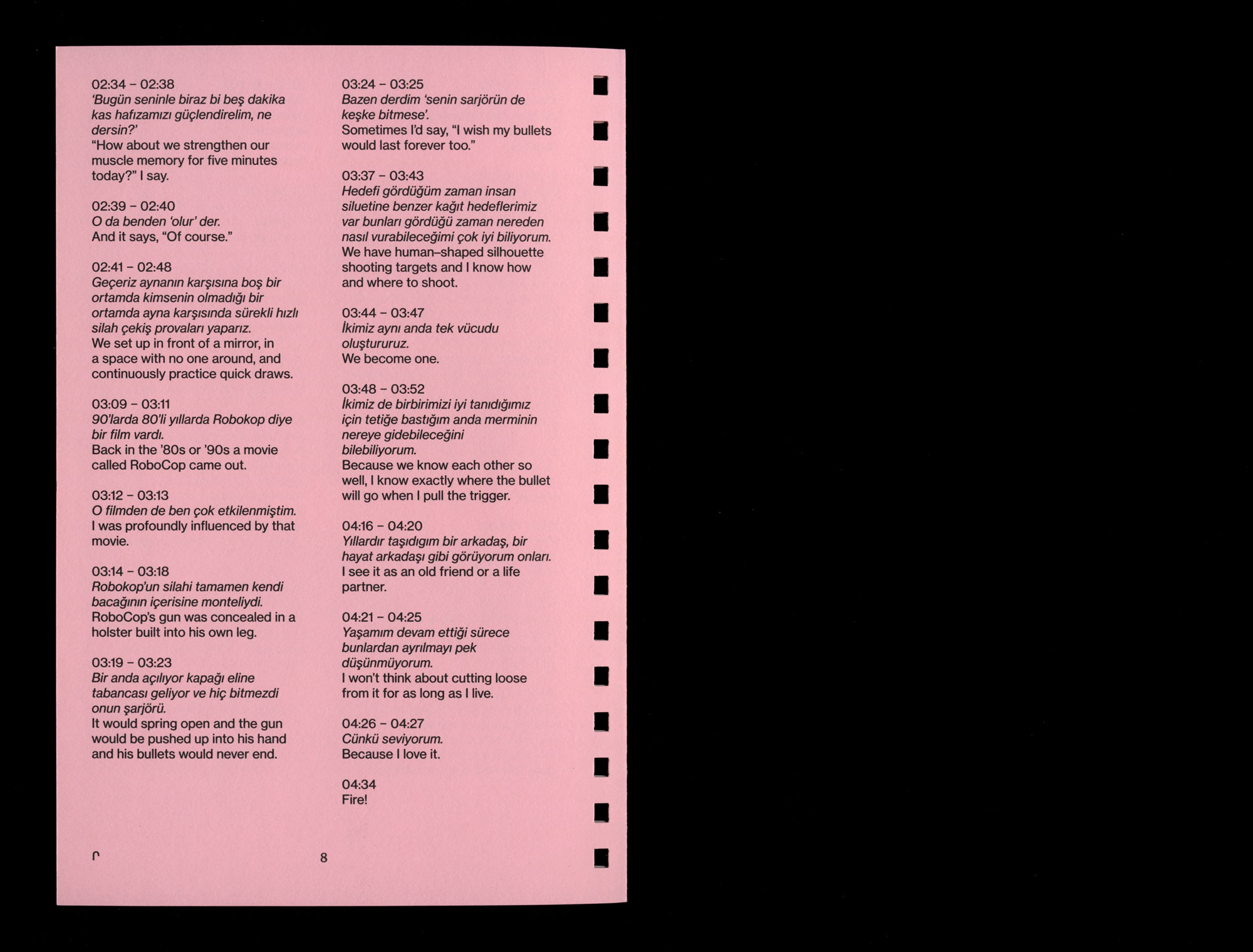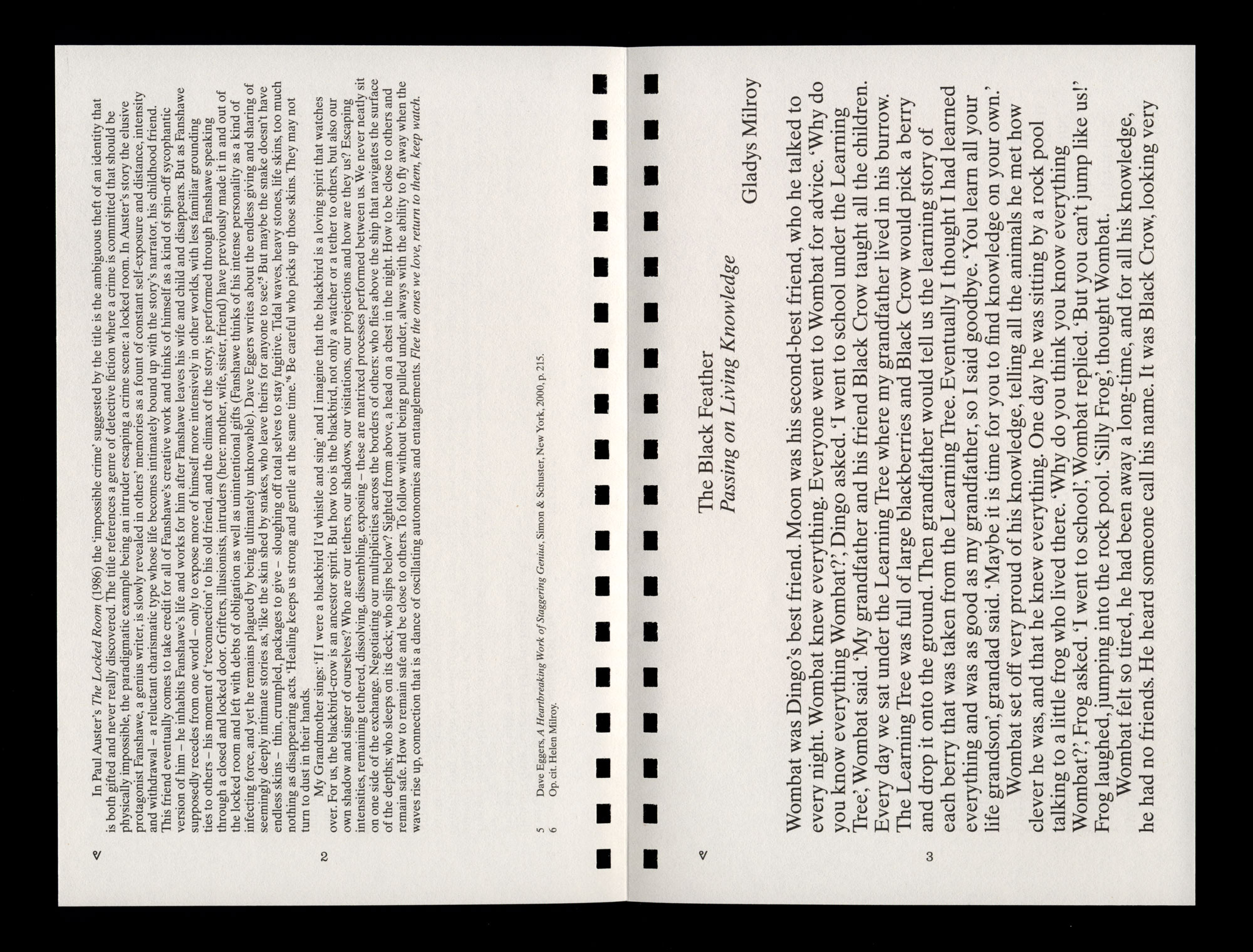United Kingdom
Ireland
Isle of Man
Guernsey
Jersey
Malta
Cyprus
Australia
Bahamas
Brunei
Barbados
Hong Kong
Jamaica
Singapore
New Zealand
India
Bangladesh
Pakistan
Sri Lanka
Malaysia
Republic of Mauritius
South Africa
Trinidad & Tobago
Thailand
Indonesia
Bhutan
Nepal
Macau
East Timor
Japan
The Falkland Islands Guyana
Suriname
Samoa on 7 September 2009 became first country for three decades to change the side on which it drives.
Stop at the kerb
Look to the right
Look to the left
Look to the right again
Then if the road is clear of traffic walk straight across the road
DON’T RUN
Walk straight across the road
Straight Across
ISALINE. (Notations on this proposition)
- BETWEEN
THE ‘S’ AND
THE ‘A’ AND
BETWEEN
THE ‘A’ AND
THE ‘L’
- This may or may not be true
This may or may not be a girl’s name
This may or may not be a particular way to tell a story
This may or may not be a judicial sentence
This may or may not be a typo
This may or may not be an aesthetics choice – a dumb fashion
This may or may not be an end.
SAMOA
Its common signification is for me, only slight. I grew up not knowing much.
SAMOA
I was born in New Zealand, moved to Australia when I was 6, have been ever since. I am now 35.
SAMOA
Should I have responded in such a way for him to think that his (re) search, (google) search would have felt like he wanted
SAMOA
From me, validating then
SAMOA
Narratives, that for him are not allowed to be concrete poems infused with narrative notations of exposition;
SAMOA
Has to make sense; be sensible; talk about class and struggle; talk about loneliness and struggle; yet Len Lye (whose work I admire and respect) can bless his experimental film work with the abstract poetics of Samoan artistic cultural expressions
SAMOA
Is a way in, and a way out, a go away
SAMOA
Is a performance of his intimacy that I should’ve acknowledged and been grateful; the way he went in, the way he went out, and now the way he goes away; leaving me here alone like a dumb heterosexual girl. Not dumb as in the derogatory word of being daft; lacking wit and smarts; but actually dumb as in unable to speak because of a congenital deafness. Now, as this dumb heterosexual girl I will continue to call out, unable to hear his silent responses till this job is done. This she learnt from her father, his –now hers, working class ethics to finish a job to completion.
I remember thinking to remember.
I remember thinking to forget.
I remember a friend standing in Stephansplatz in Vienna, saying my name is Stephen this is my place.
I remember a text he wrote ten years prior to that about Roland Barthes’ S/Z, where he equated the SZ of the title with himself, his initials, signifying him.
I remember thinking is this Narcissism?
I remember thinking is this Inevitable?
I remember two brothers from Wisconsin, both named with names starting with G.
I remember thinking of the G on the helmet of the Green Bay Packers and wondering how that felt for them when they were younger.
I remember thinking is this Belonging?
I remember thinking is this Identifying?
I remember a playground besides my workplace that was the name of the apprentice.
I remember imagining his internal excitement on seeing the sign.
I remember thinking is this Projection?
I remember thinking is this Inference?
I remember looking in the phone book when I was growing up and seeing no one else listed with my surname.
I remember that this was both comforting and discomforting.
I remember thinking is this Solitude?
I remember thinking is this Individuality?
I remember thinking to remember to remember.
I remember thinking to forget to forget.
LUCKY
FOR
SOME
I’m tired tonight.
I was in the sun for eight hours on a white concrete slab the same size ratio of a piece of A4 paper. I got it especially made. It cost $2200.
I call it my concrete page.
9 to 14 (2014) is an excerpt of Brian Fuata and Tony Schwensen’s contribution to Fuata’s ‘Call and response: changing title 2010 to now’, a correspondence performance where Brian invites a writer to begin a call and response for the duration of a calendar month.





